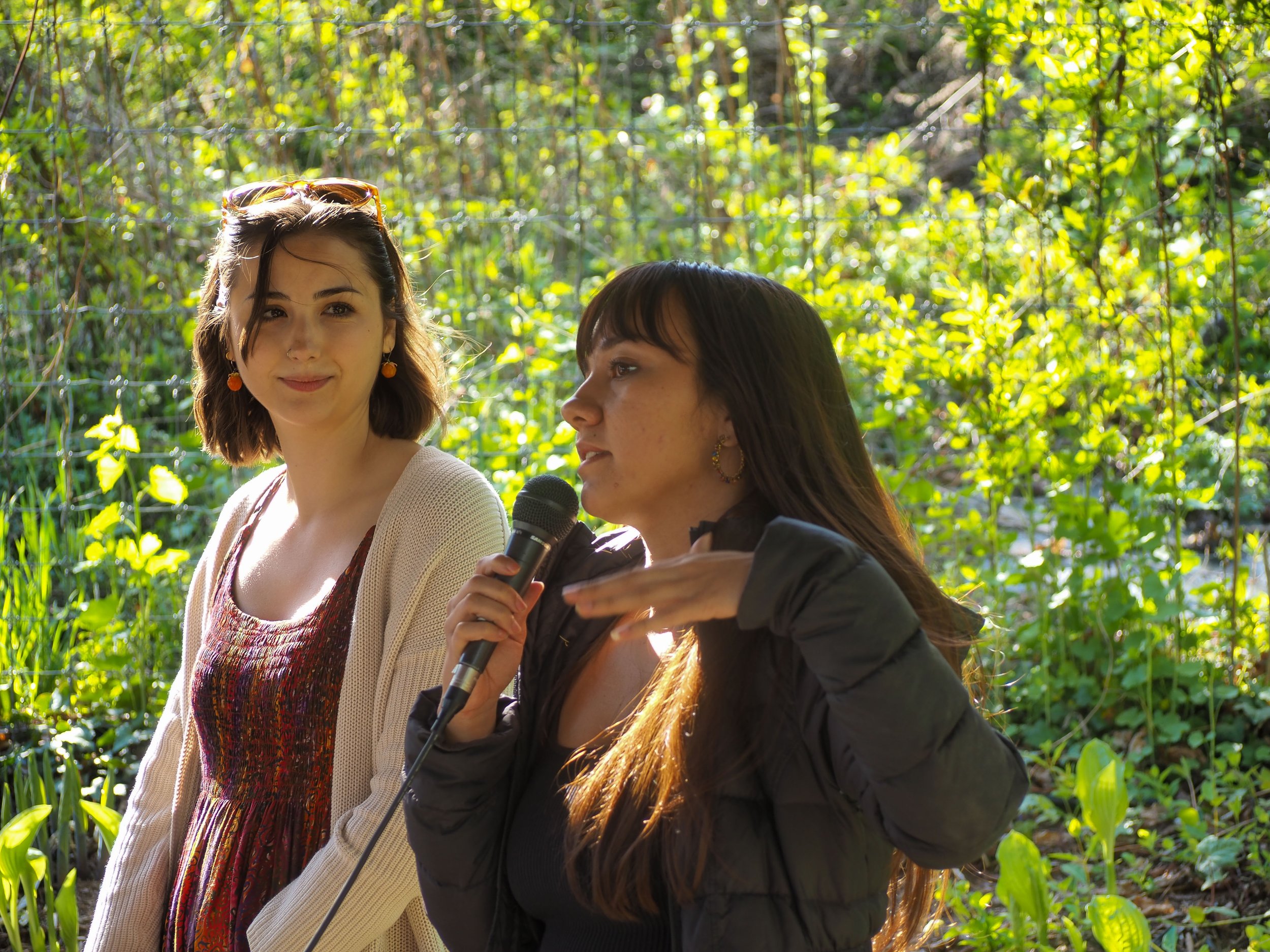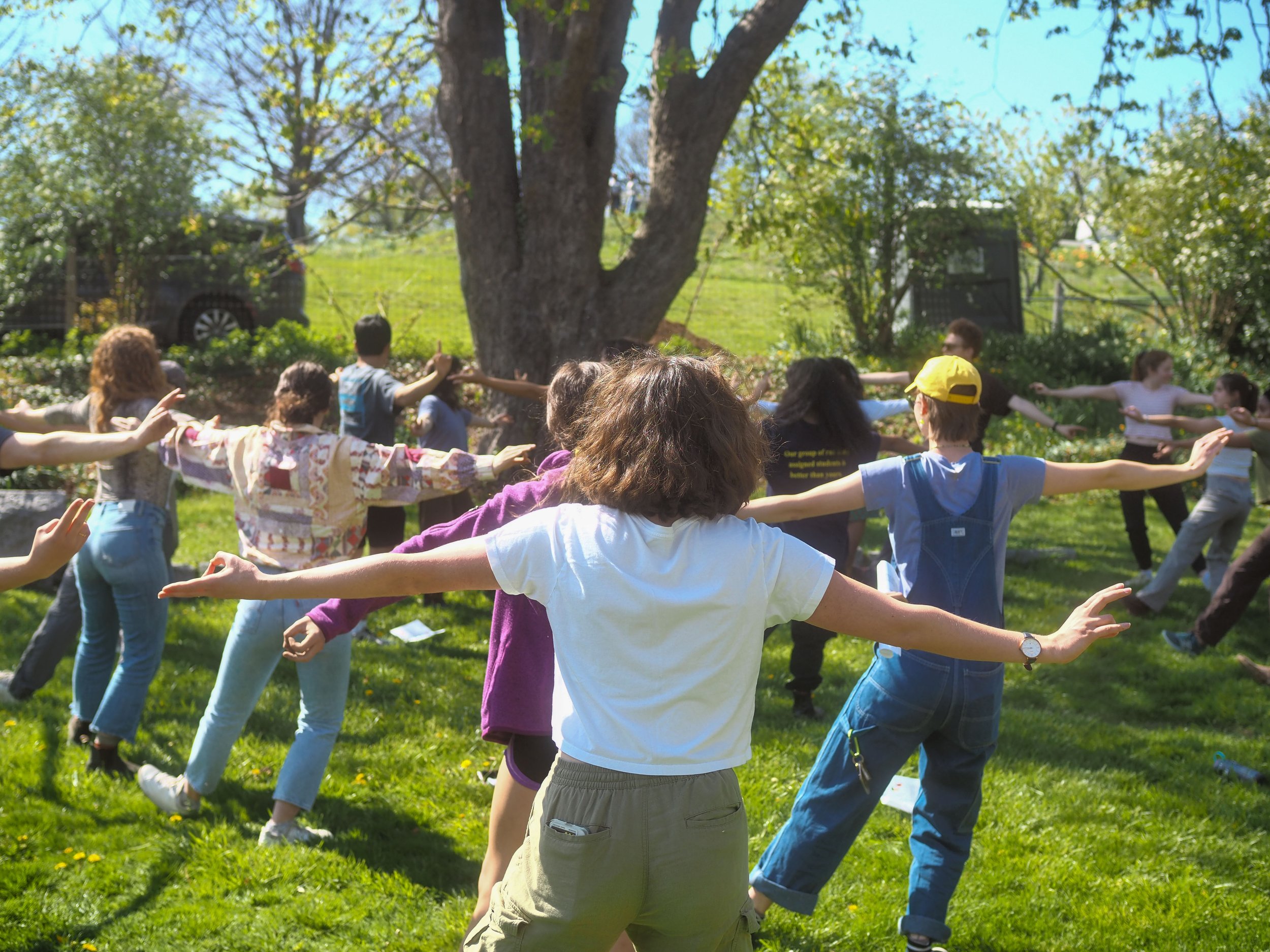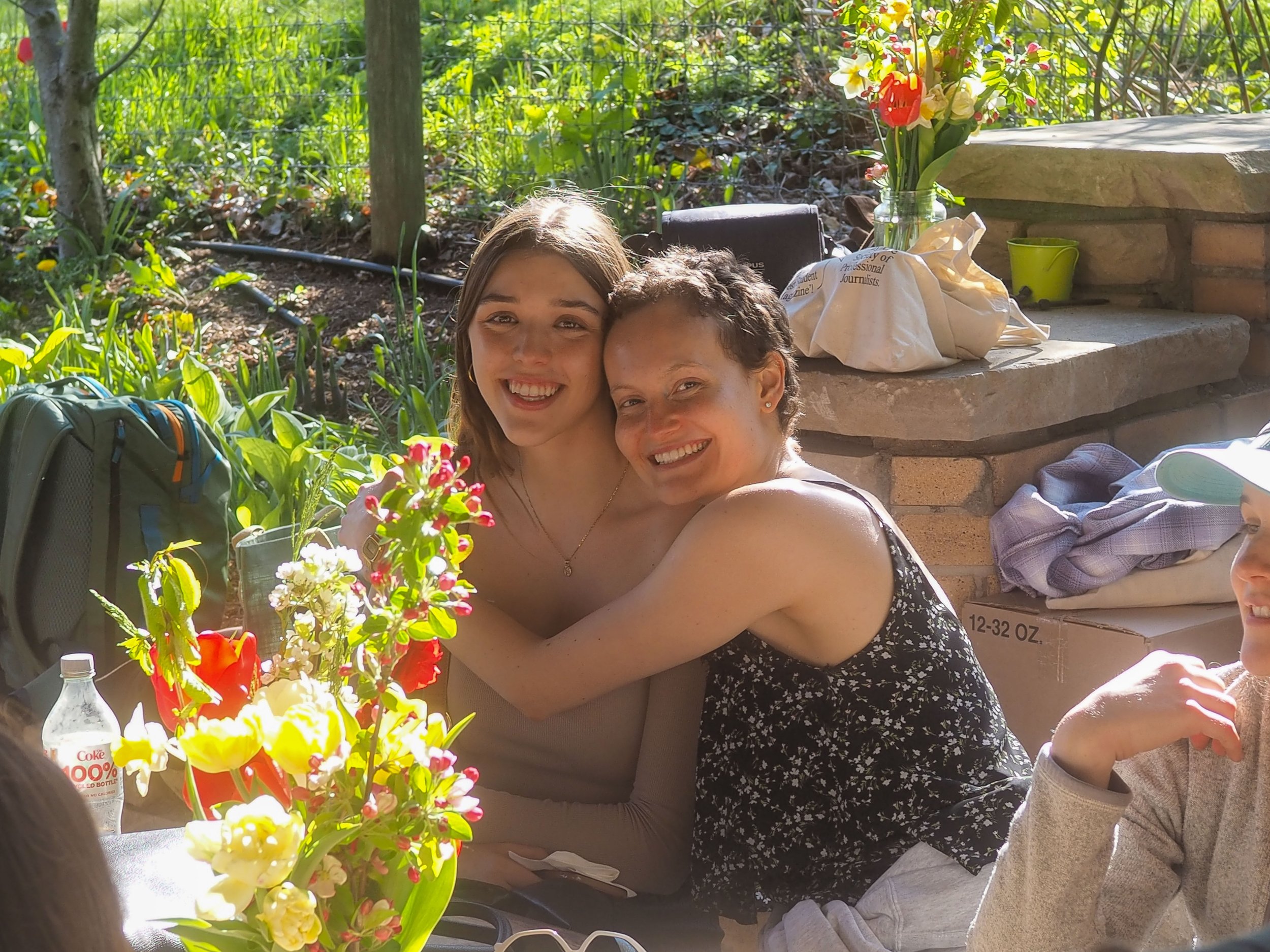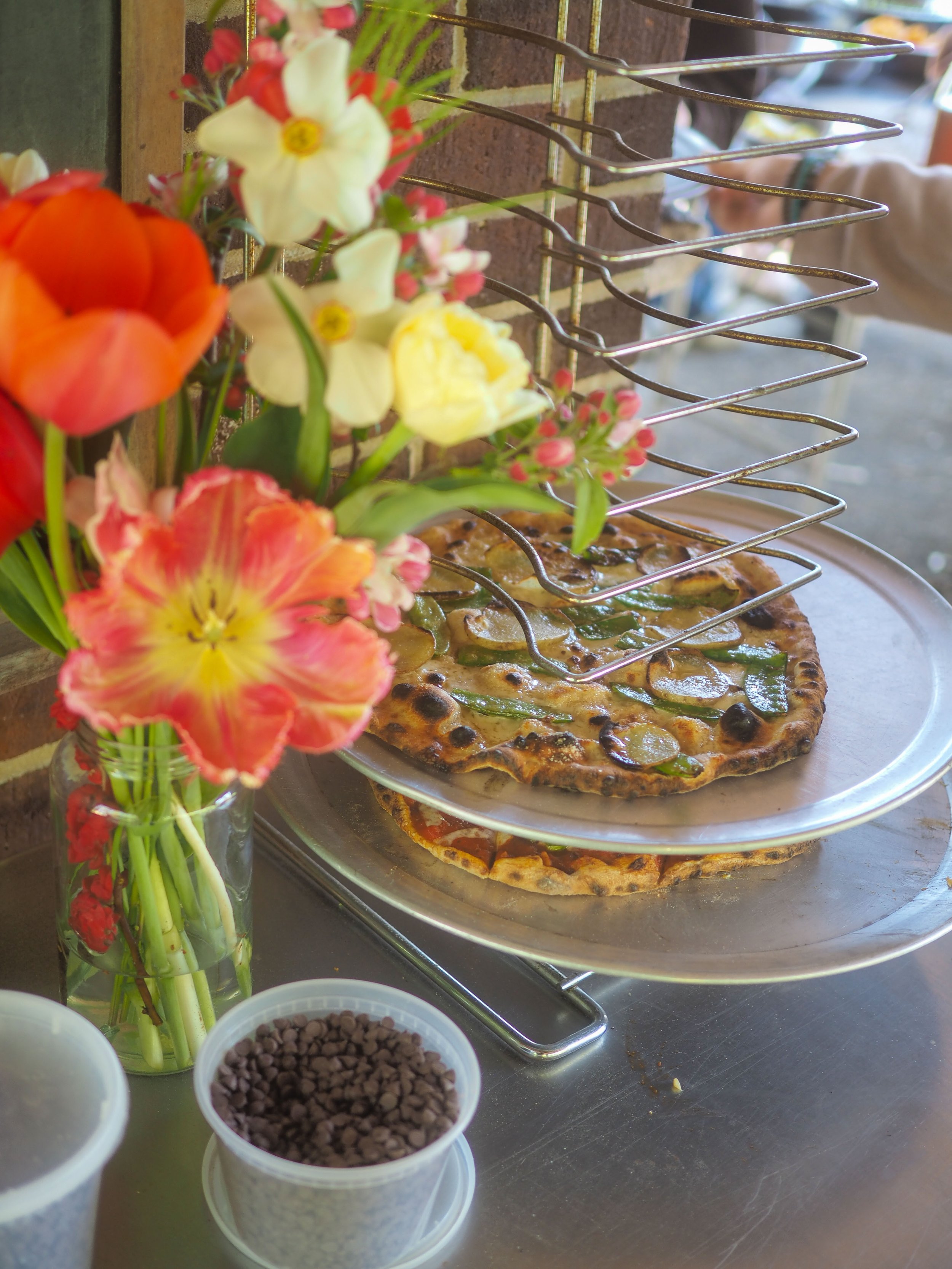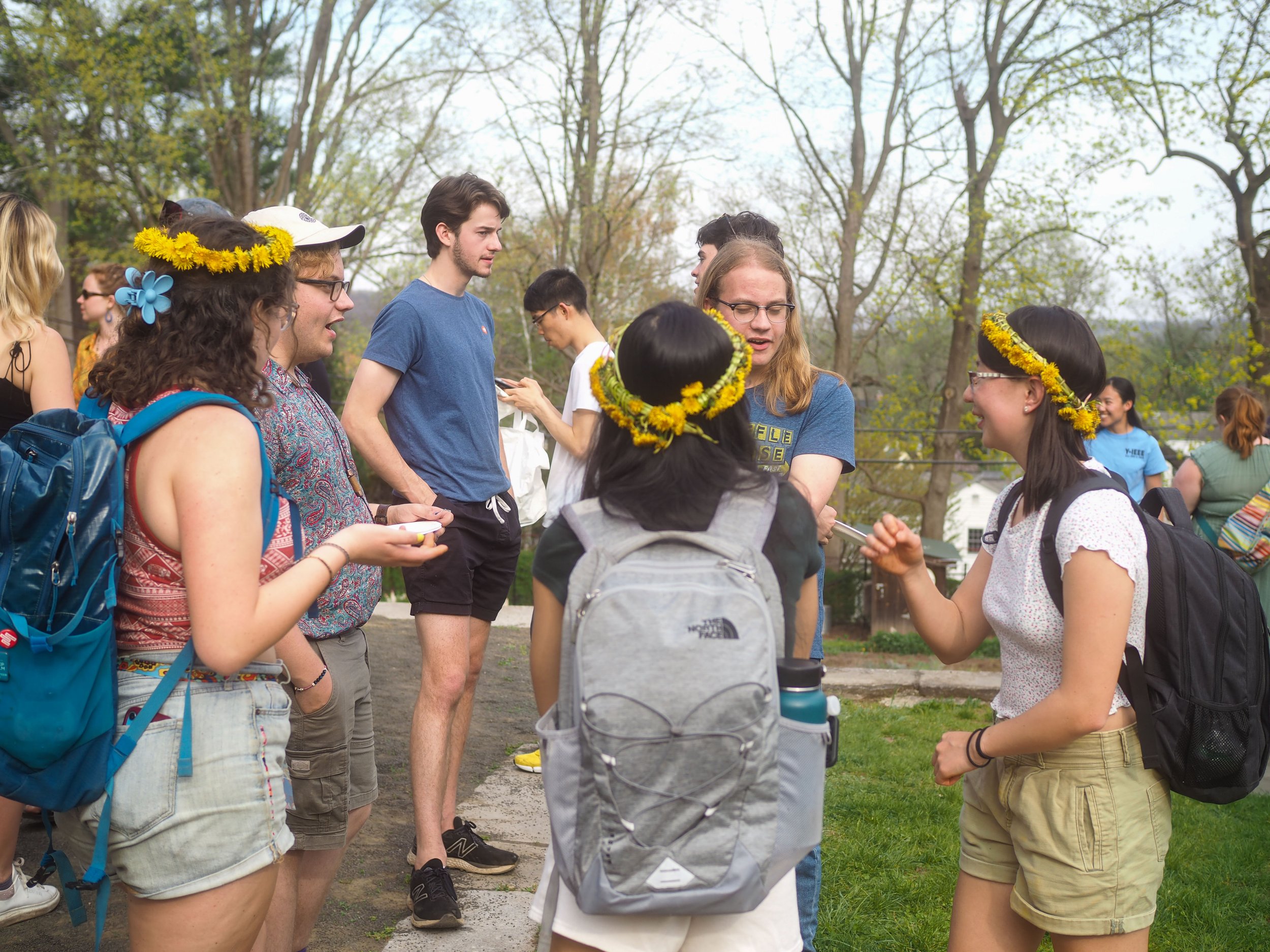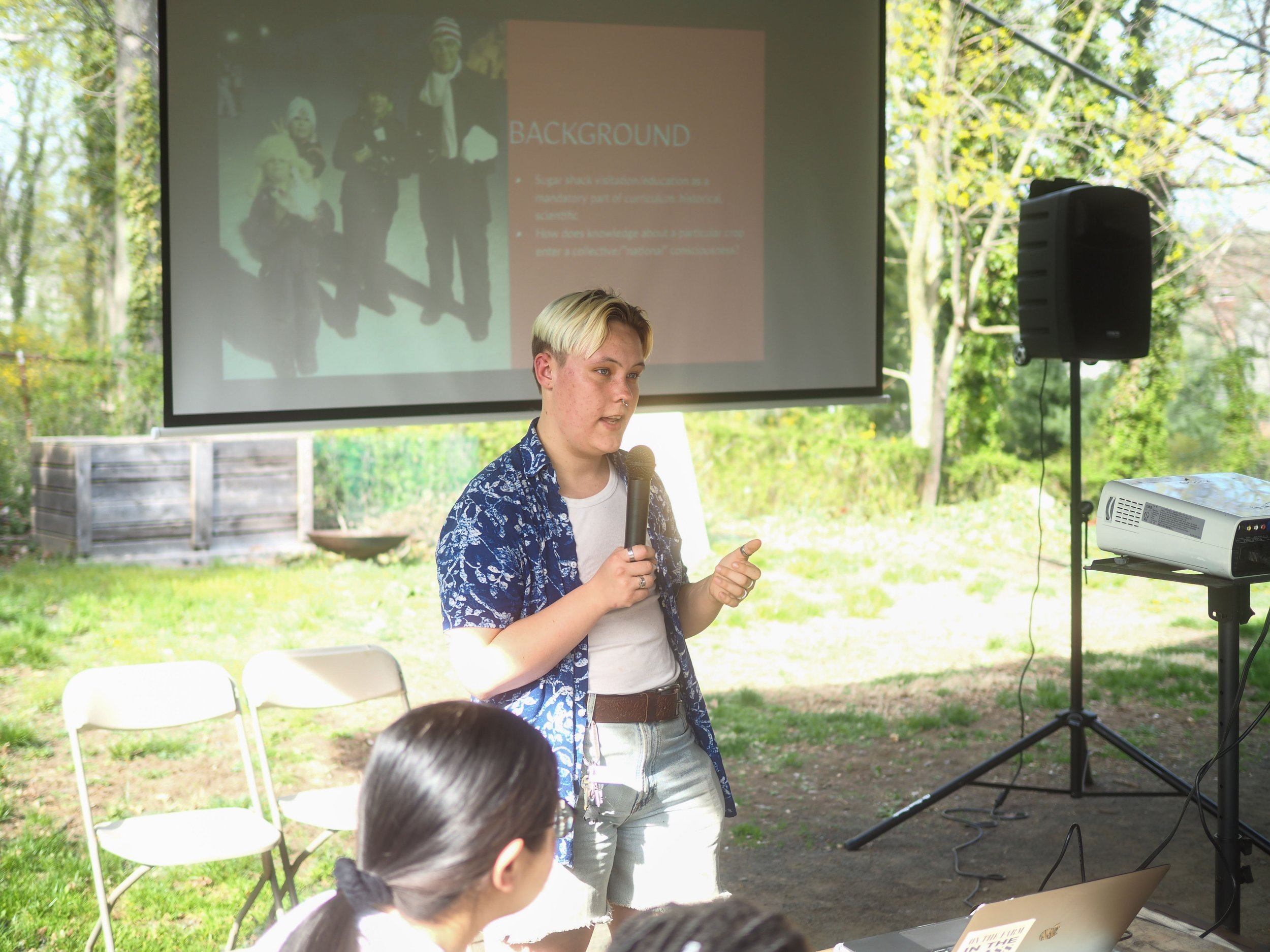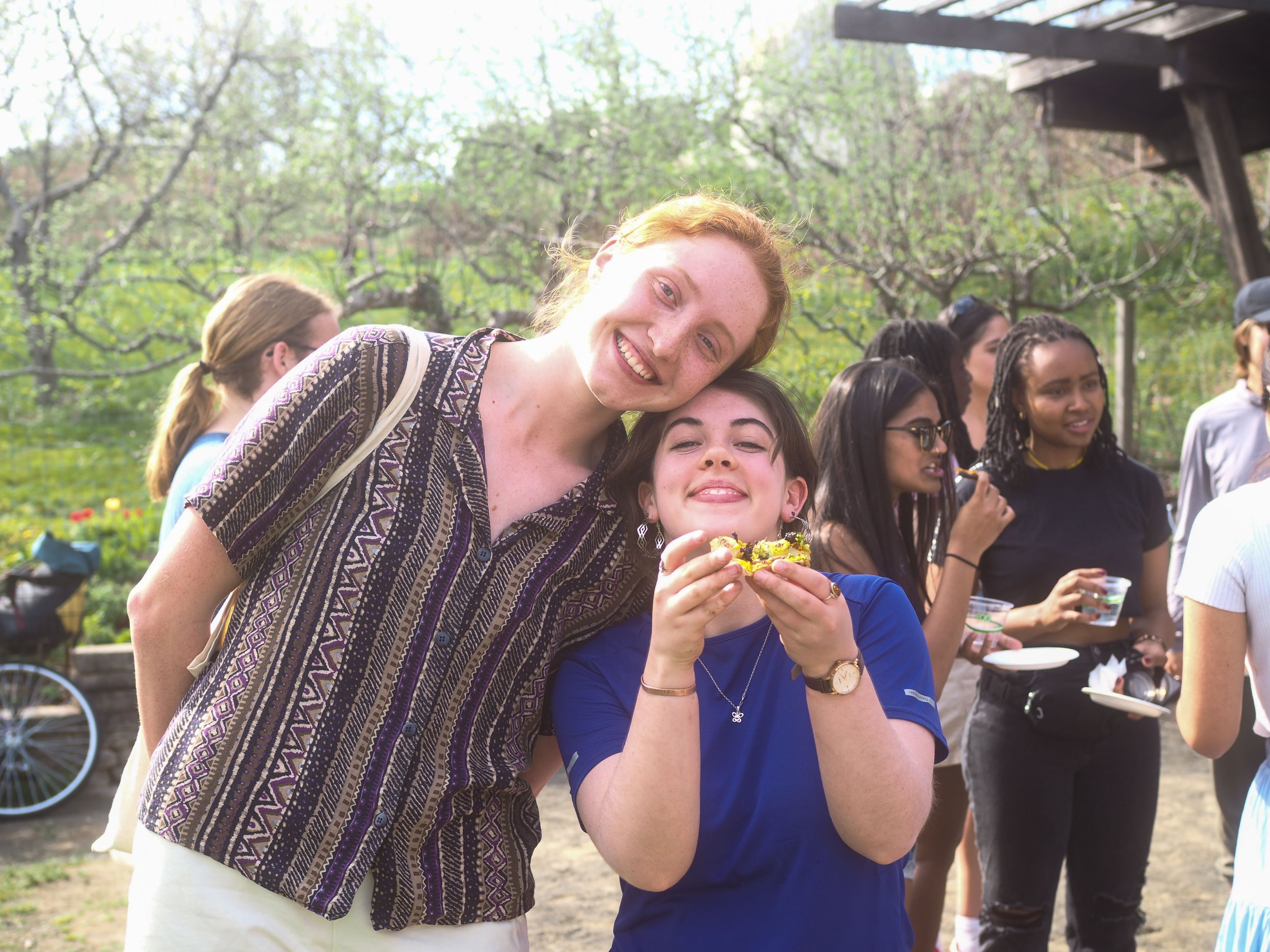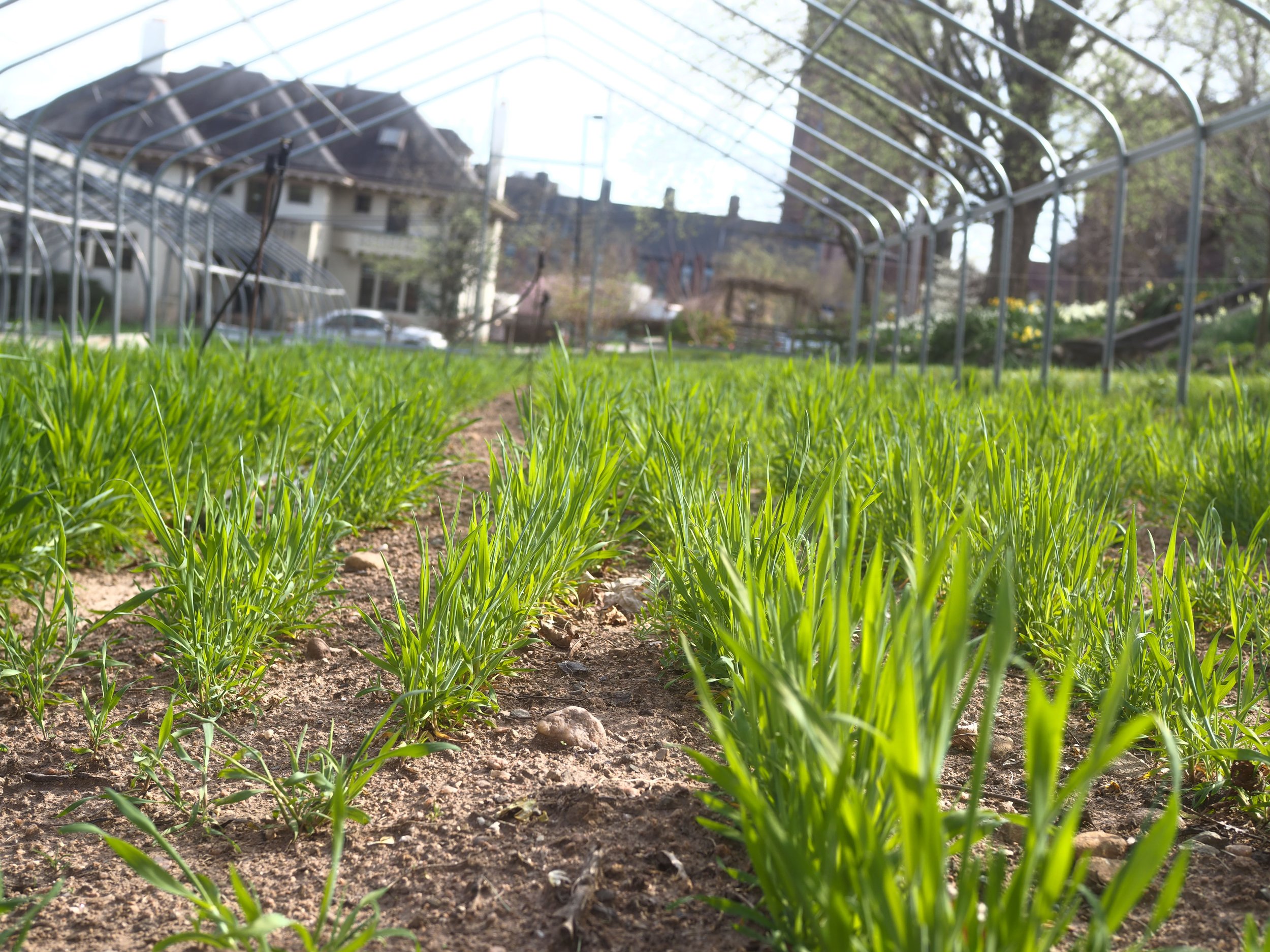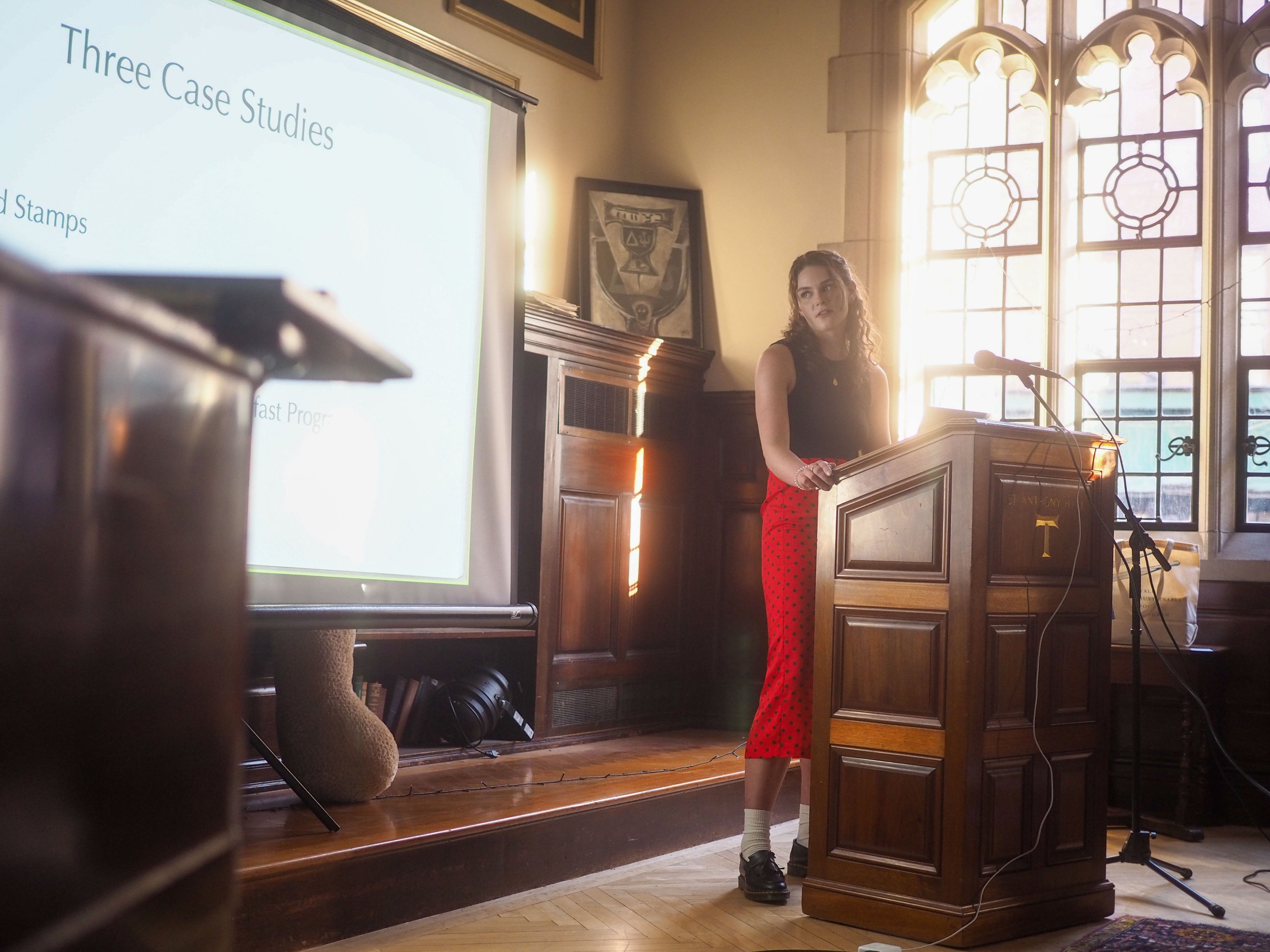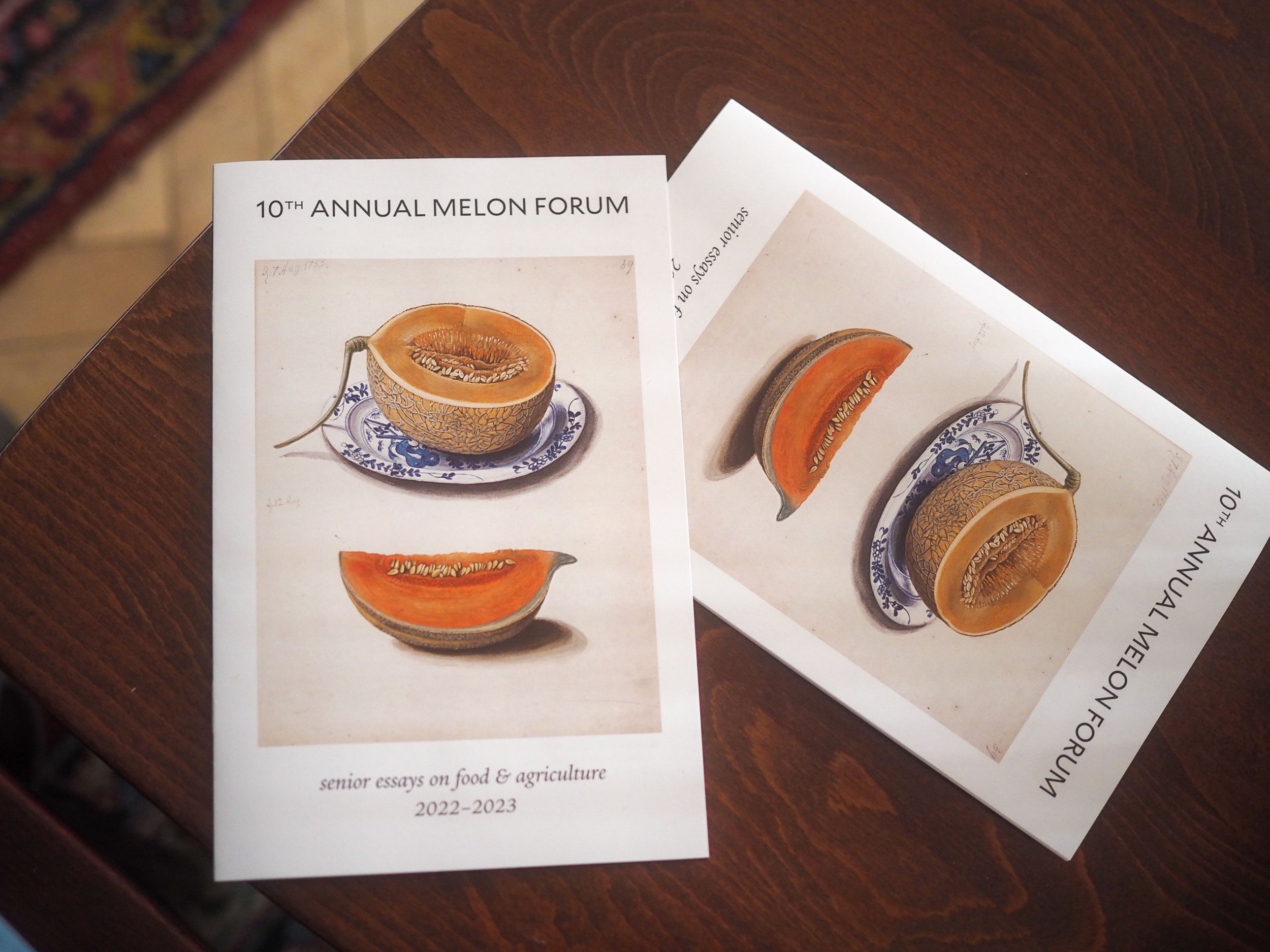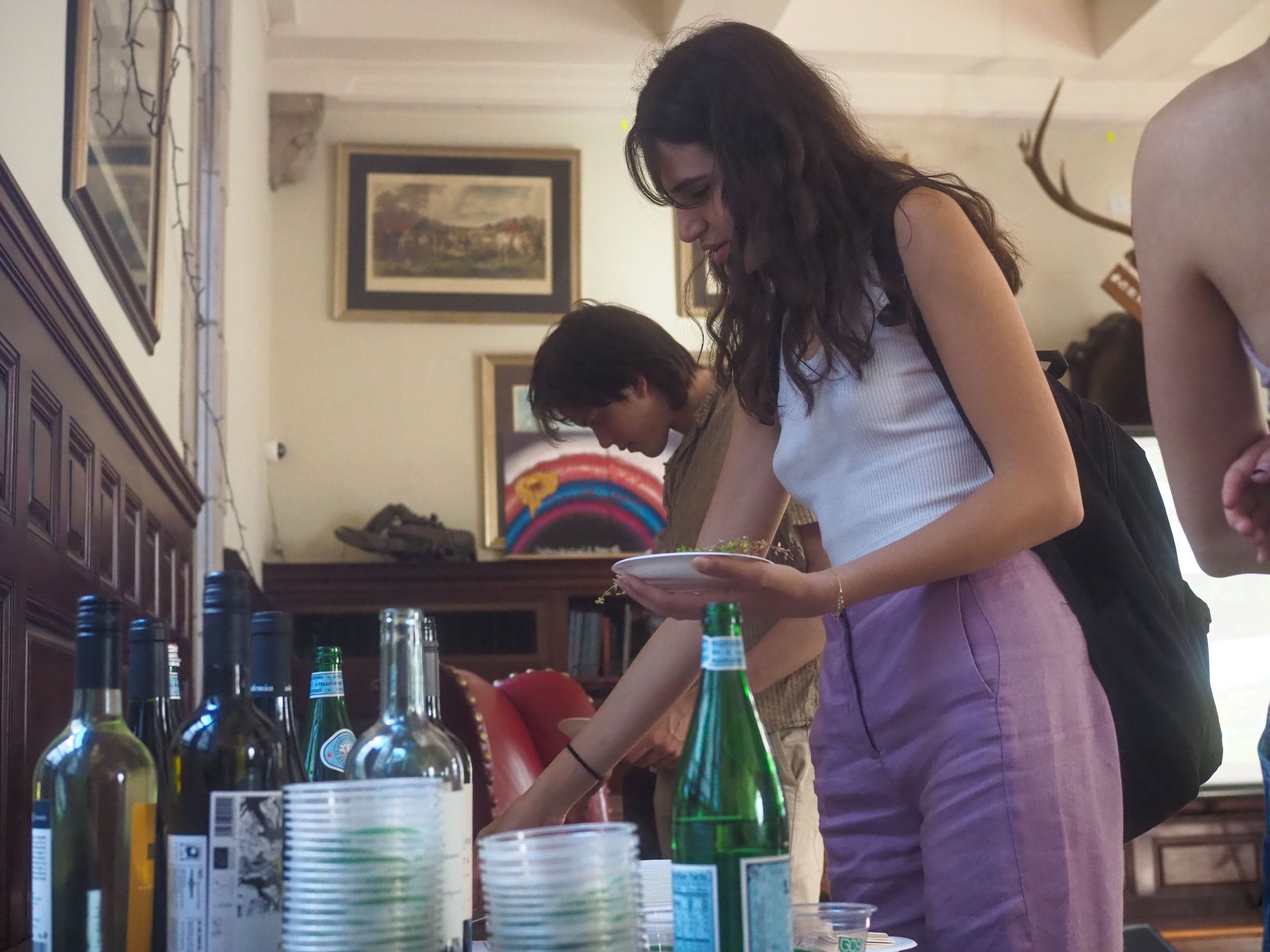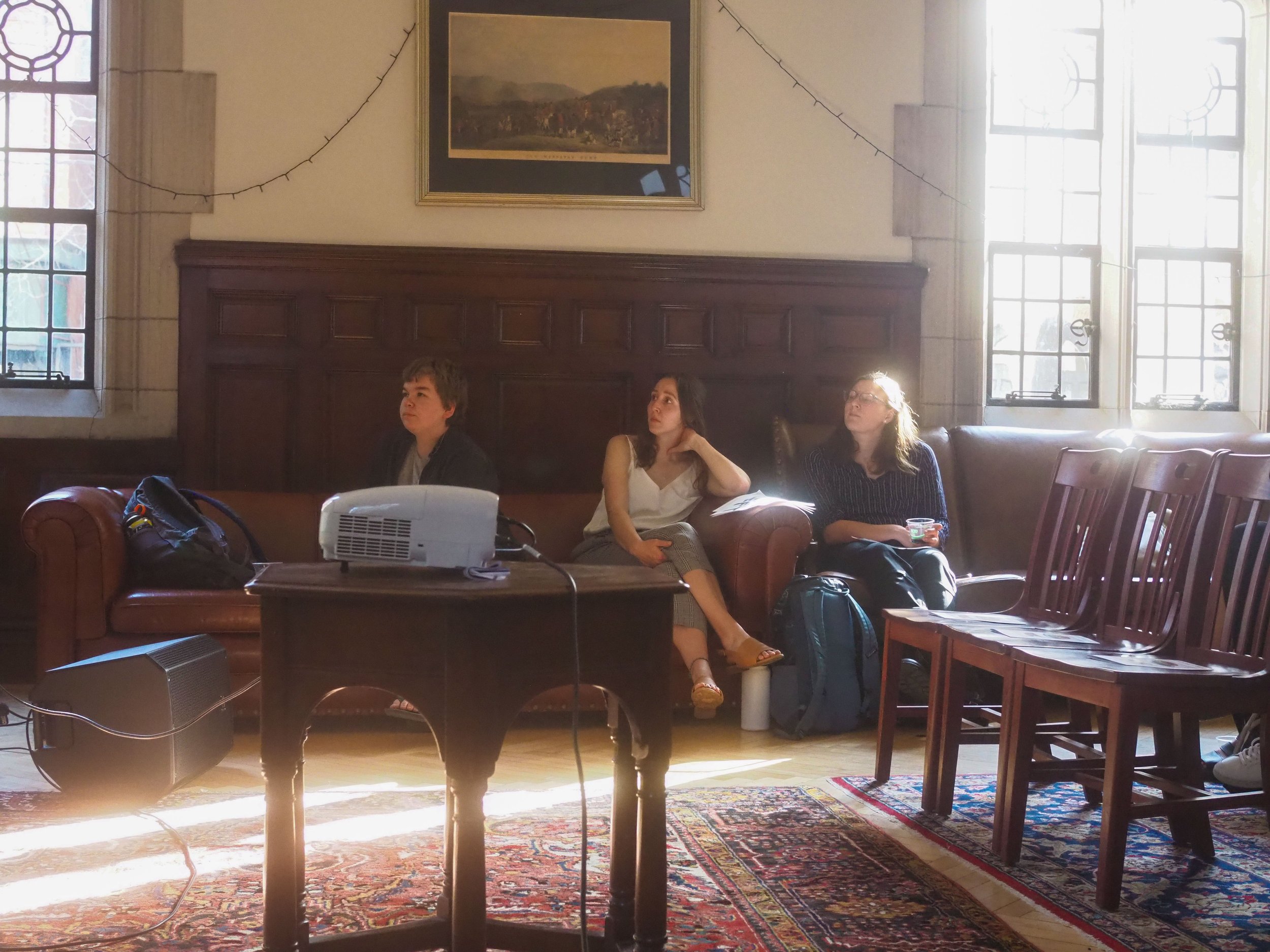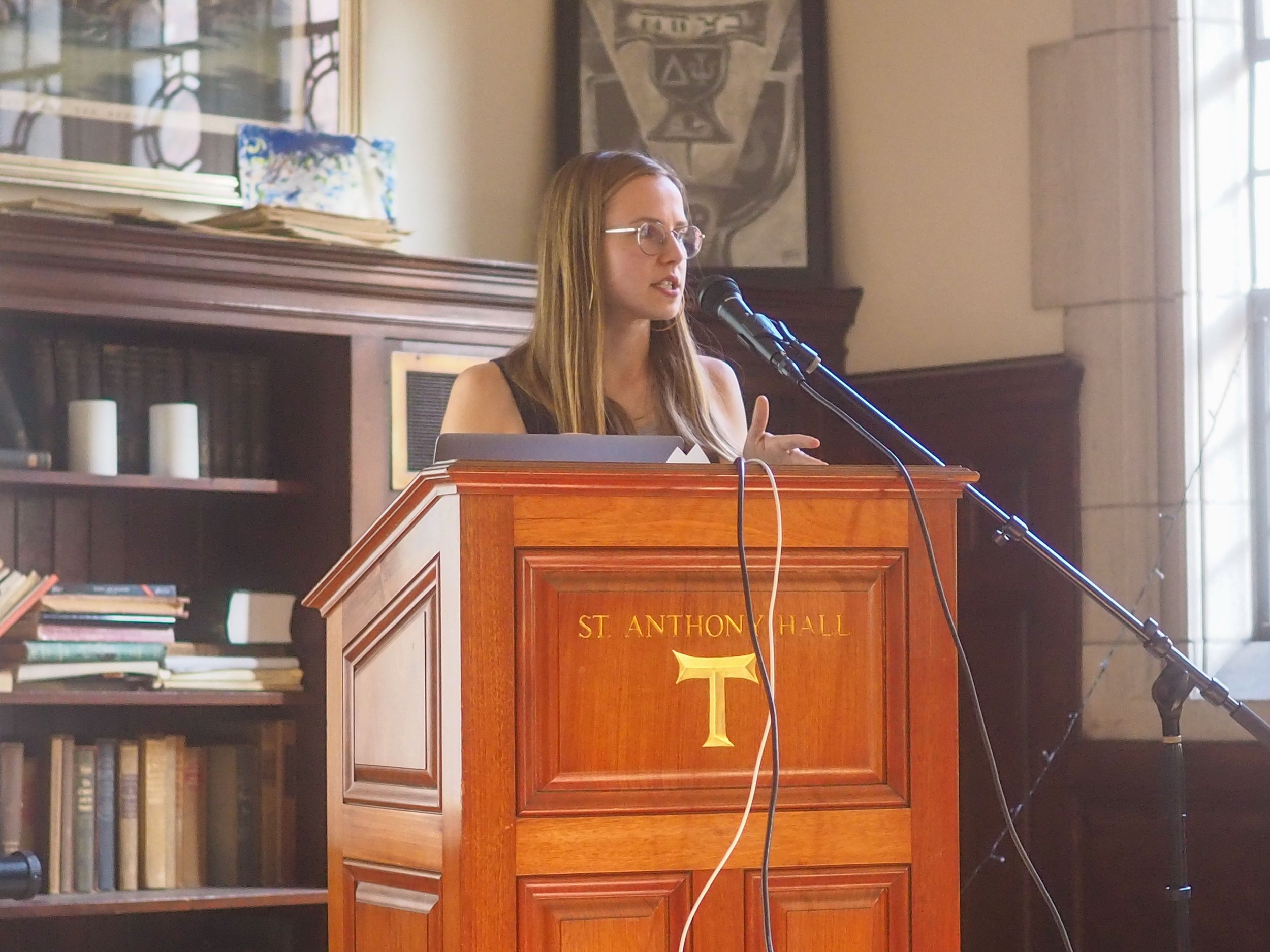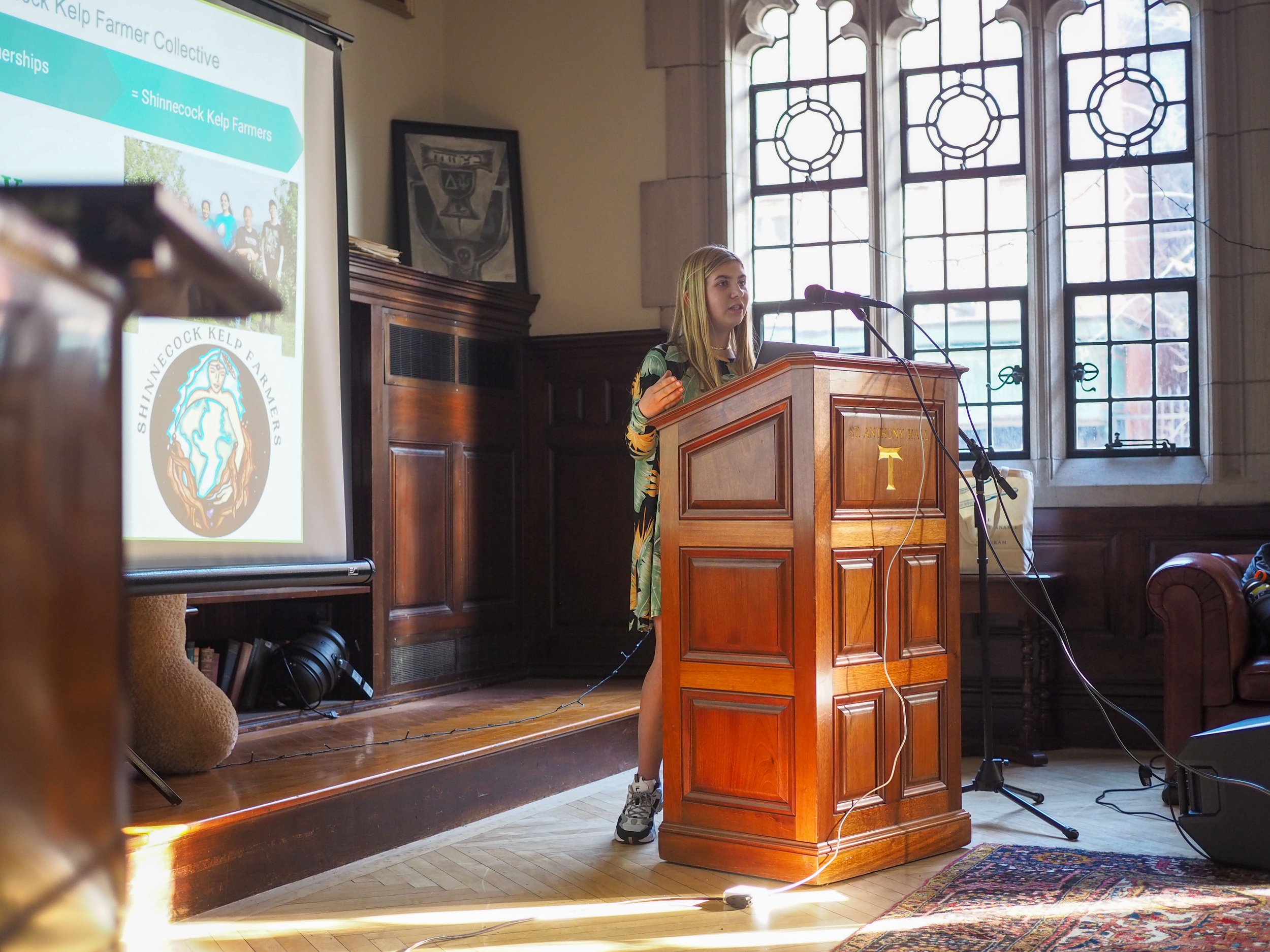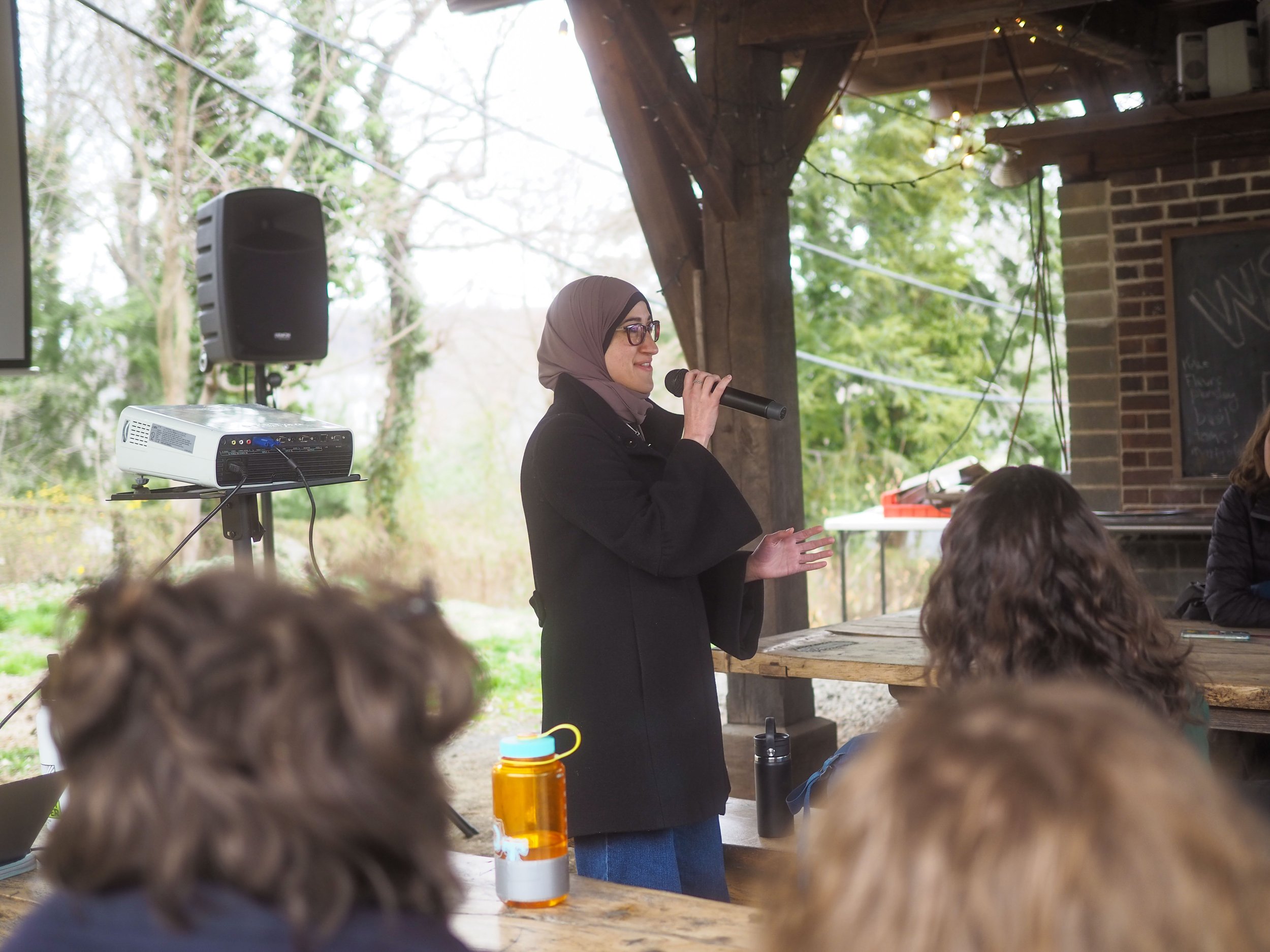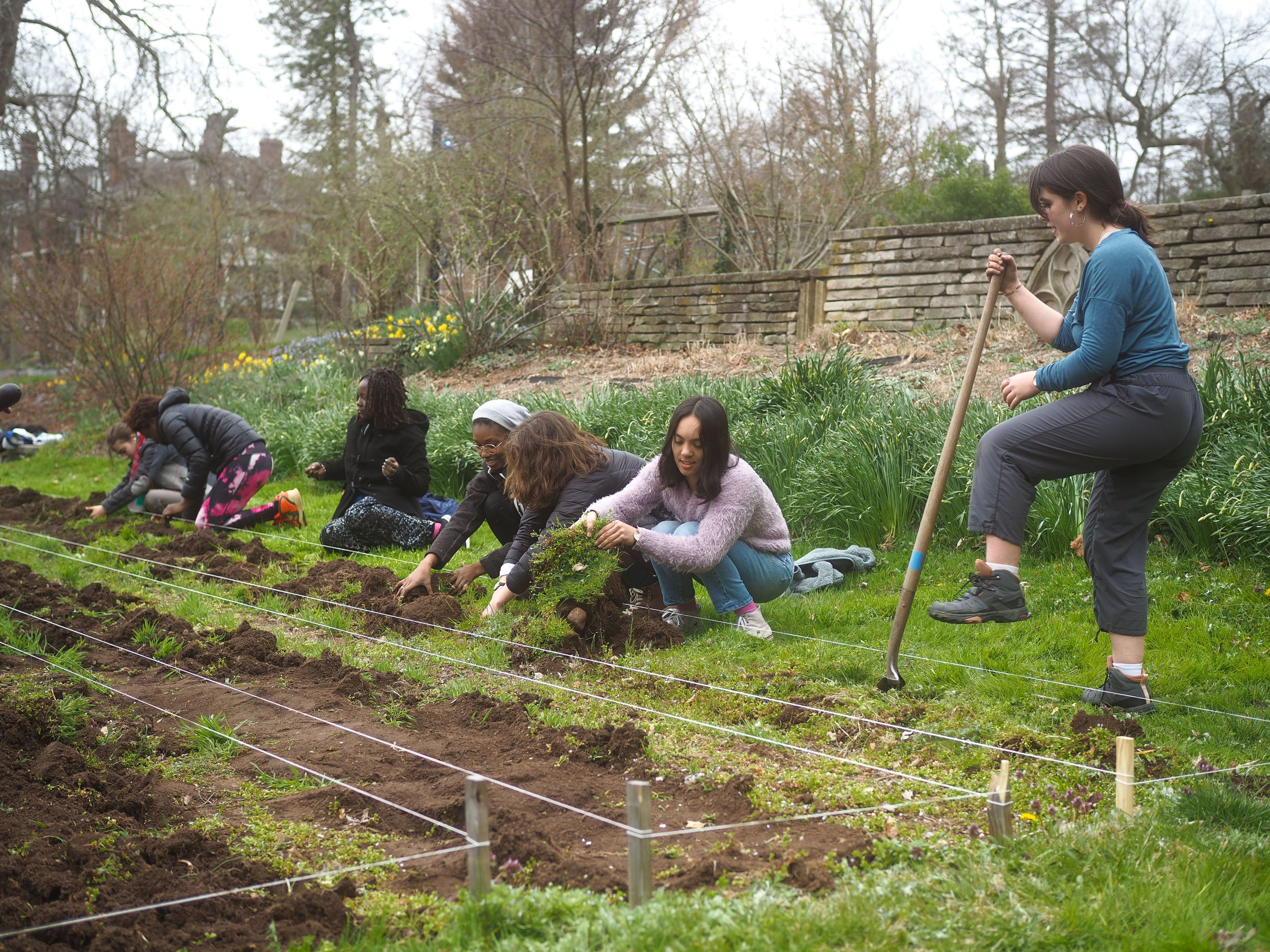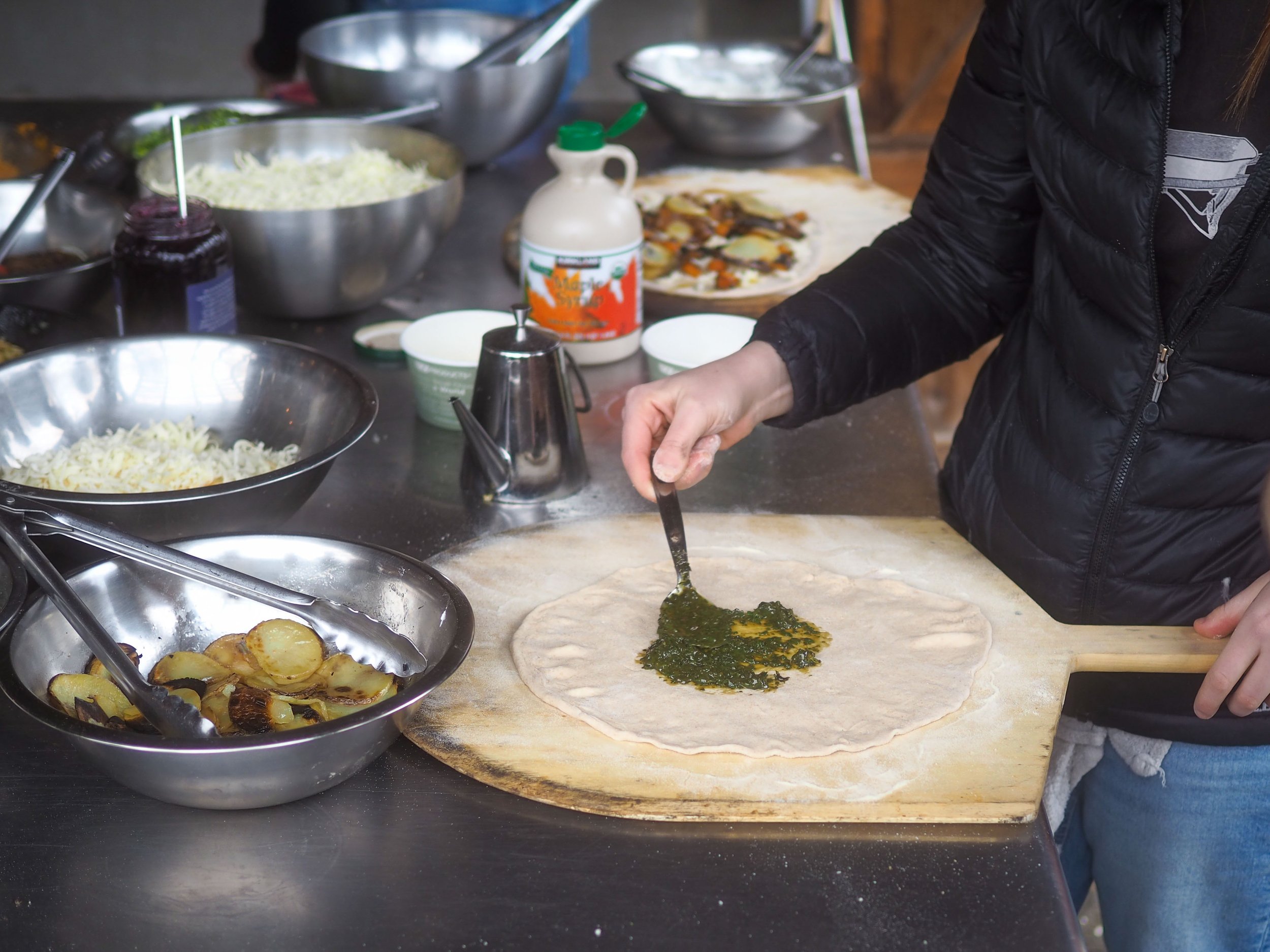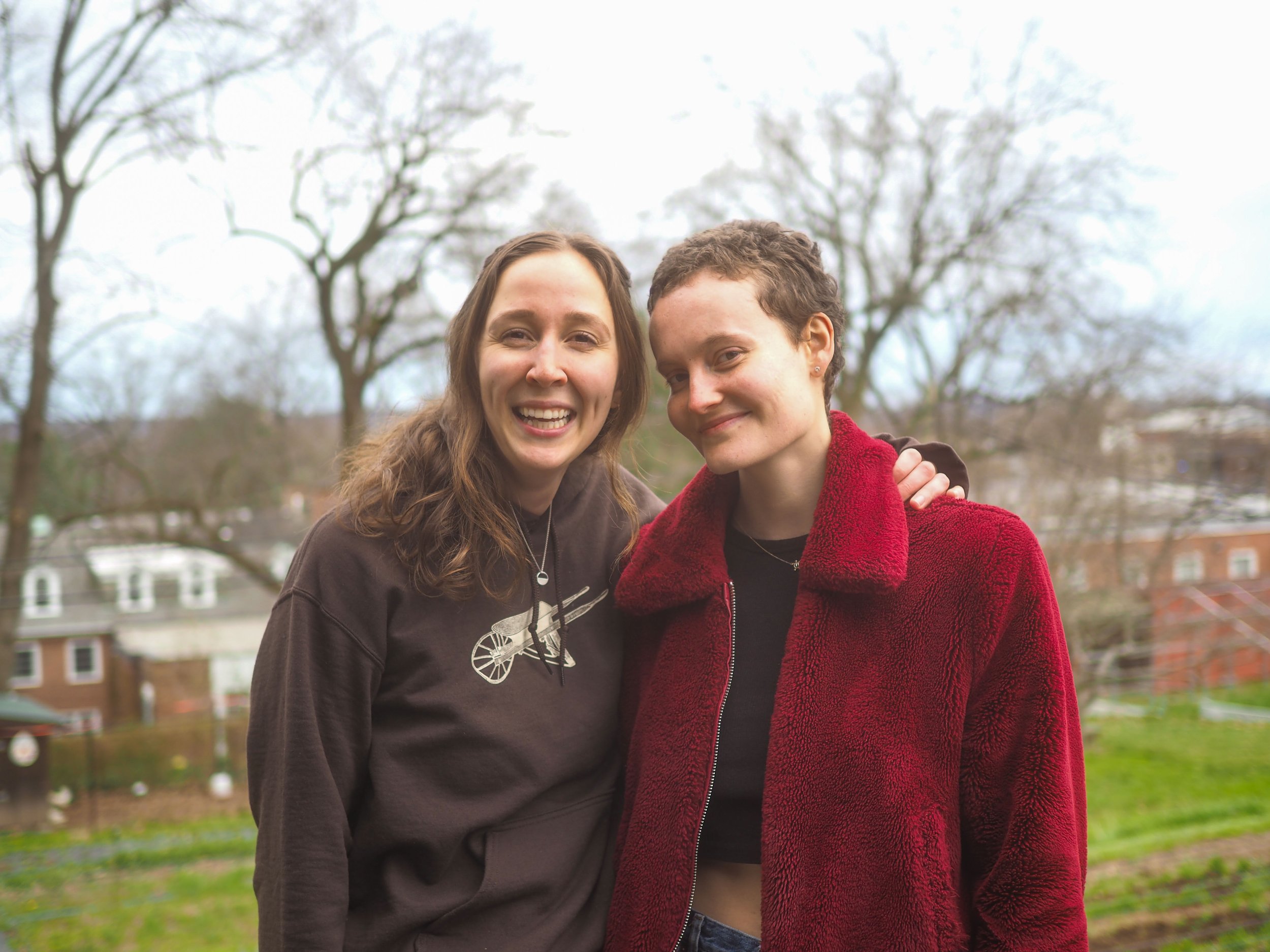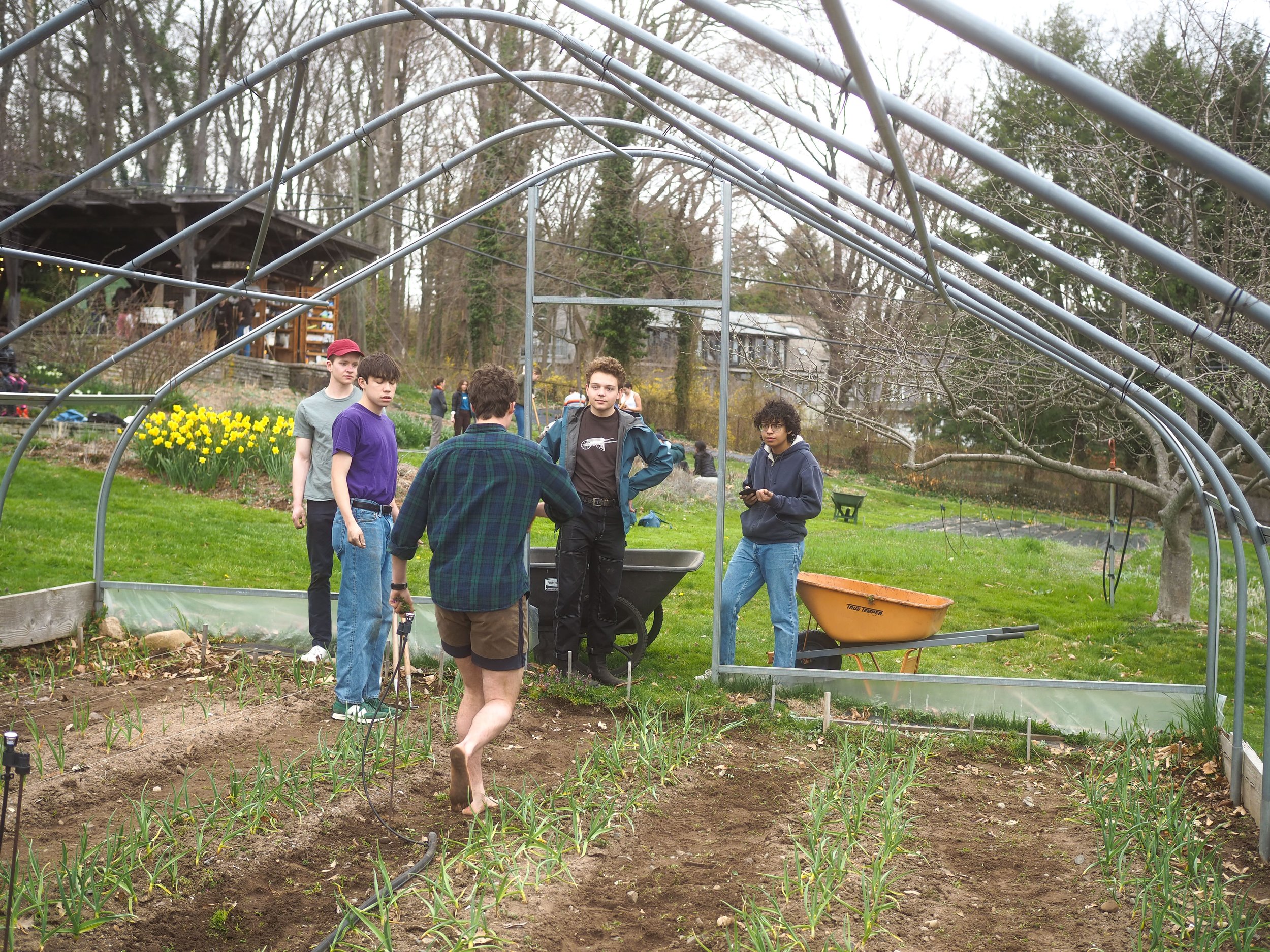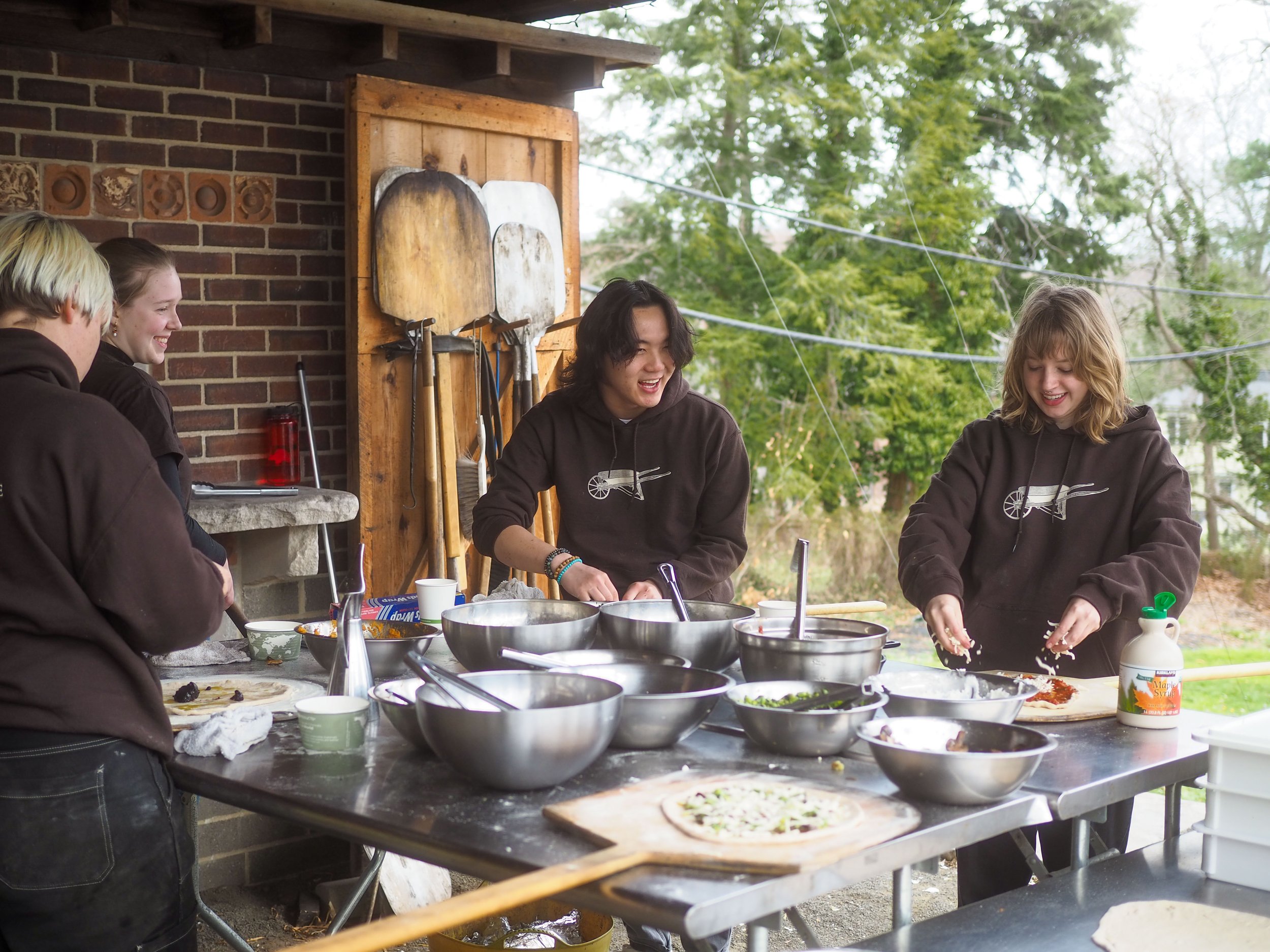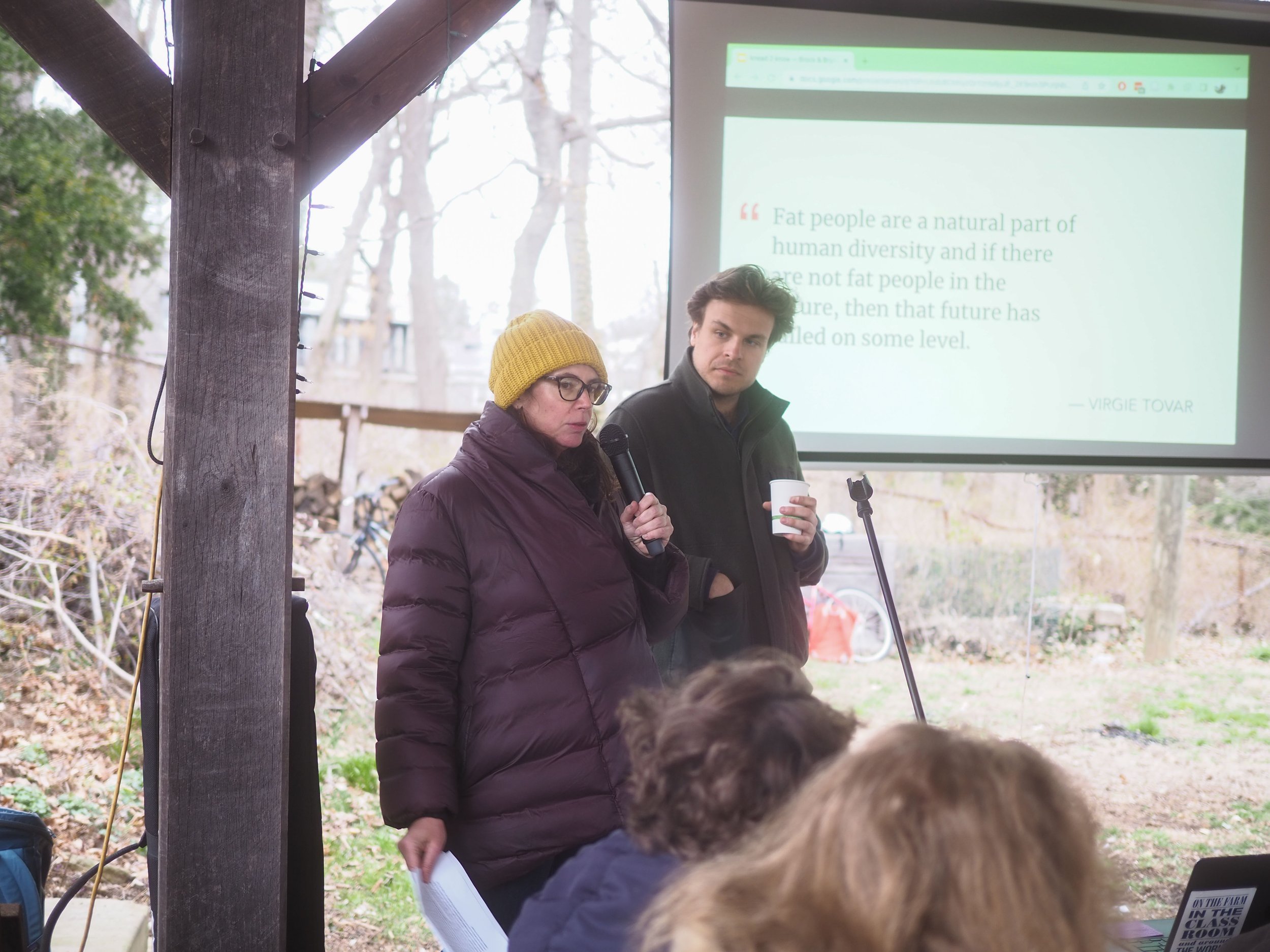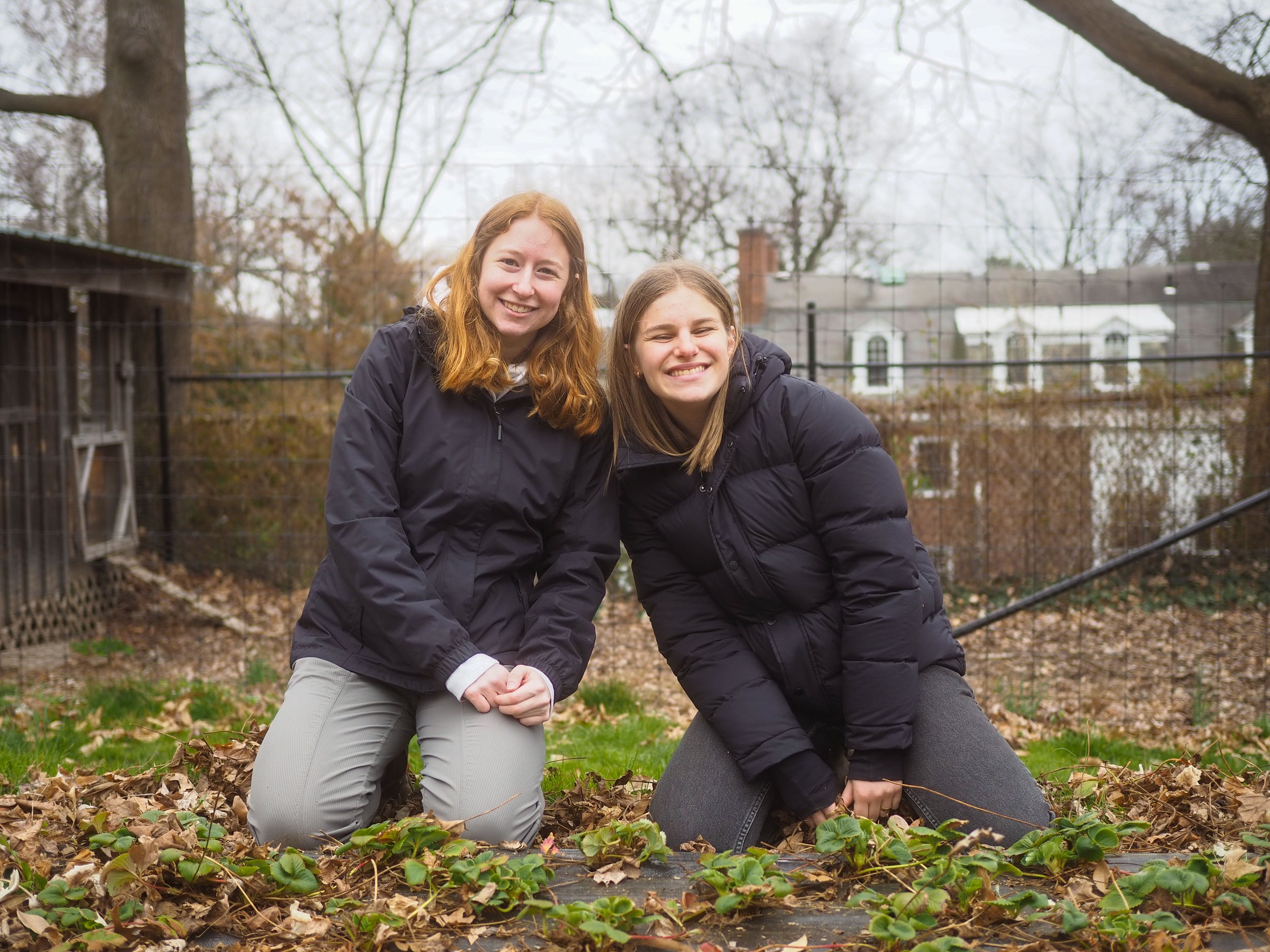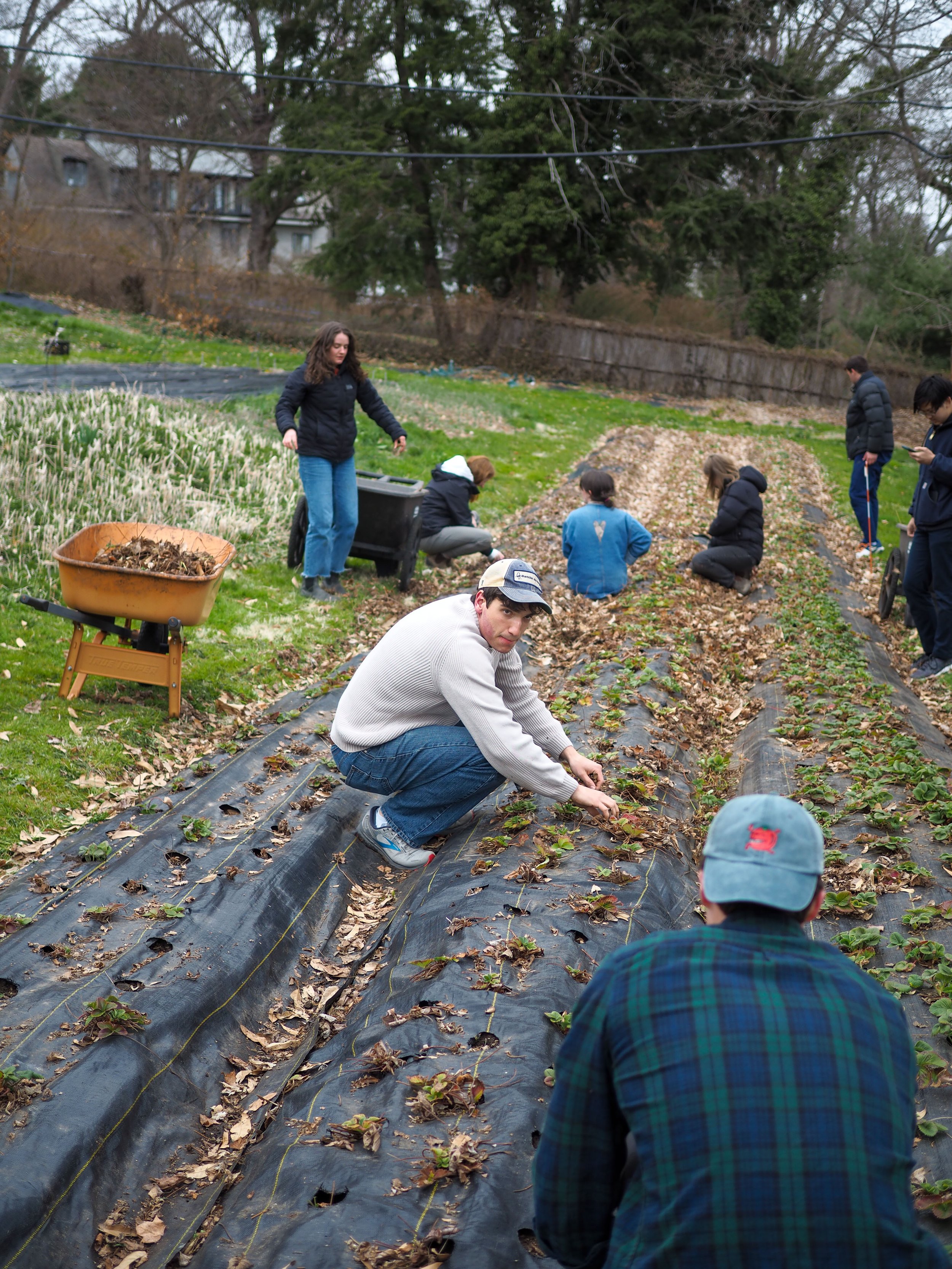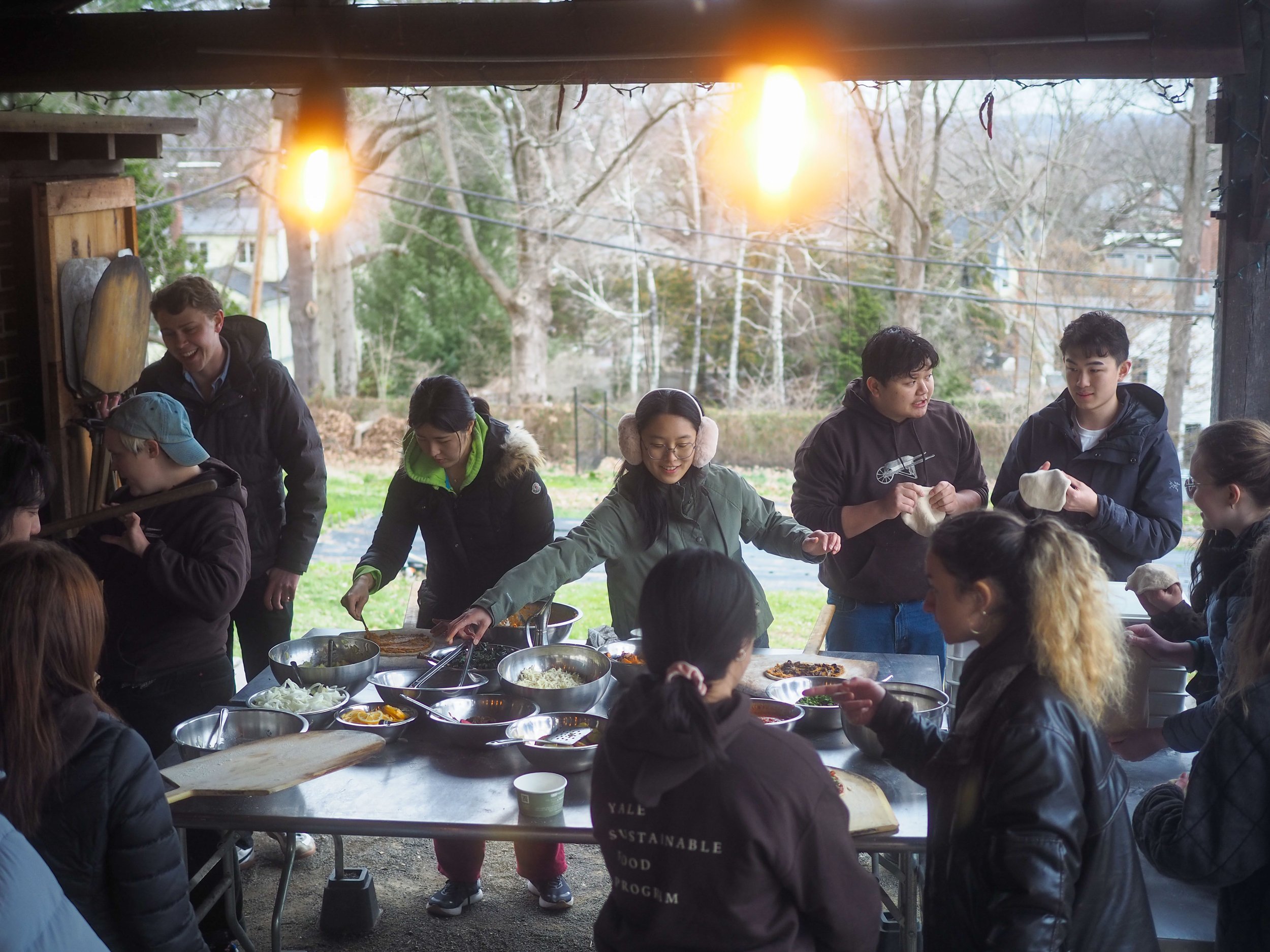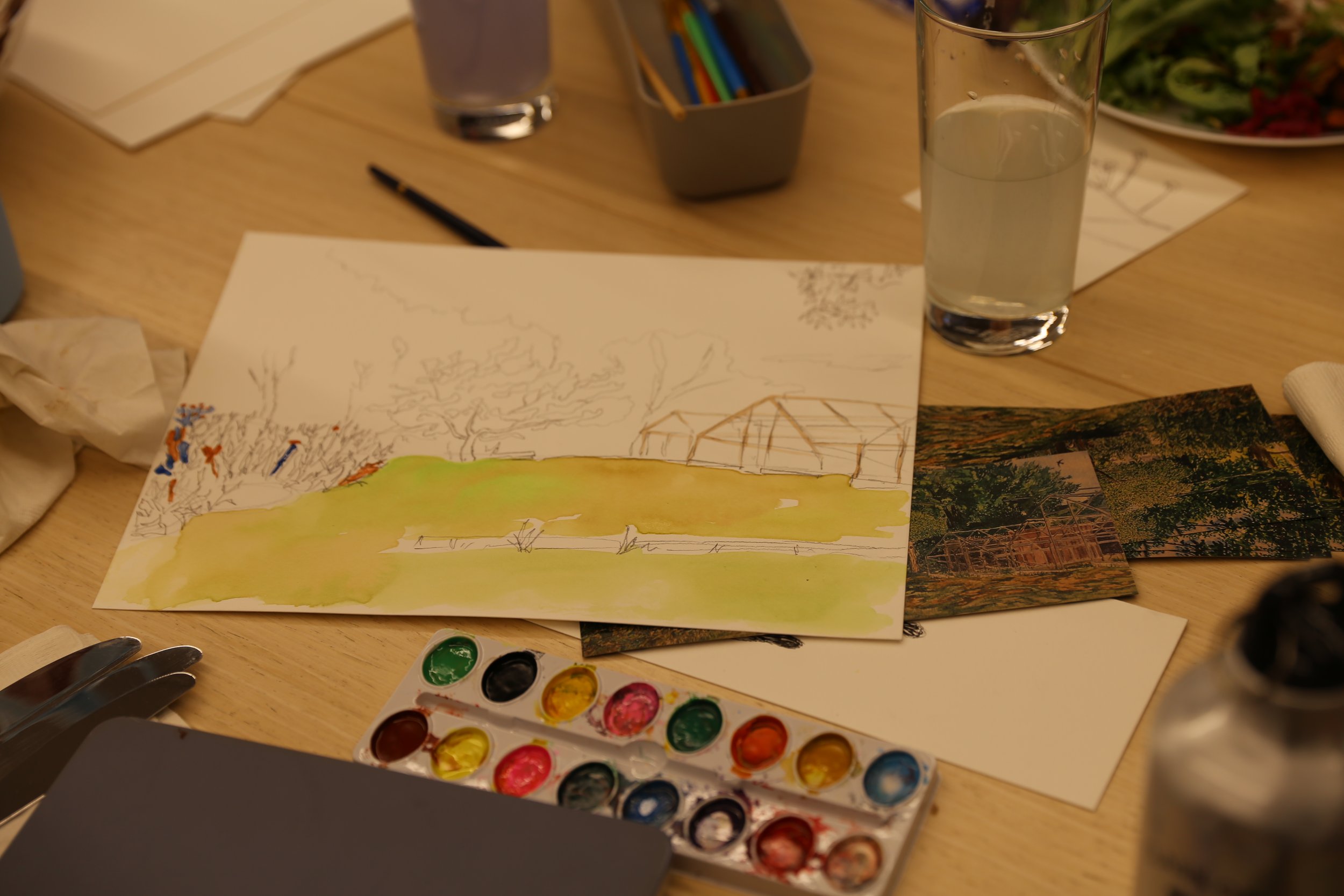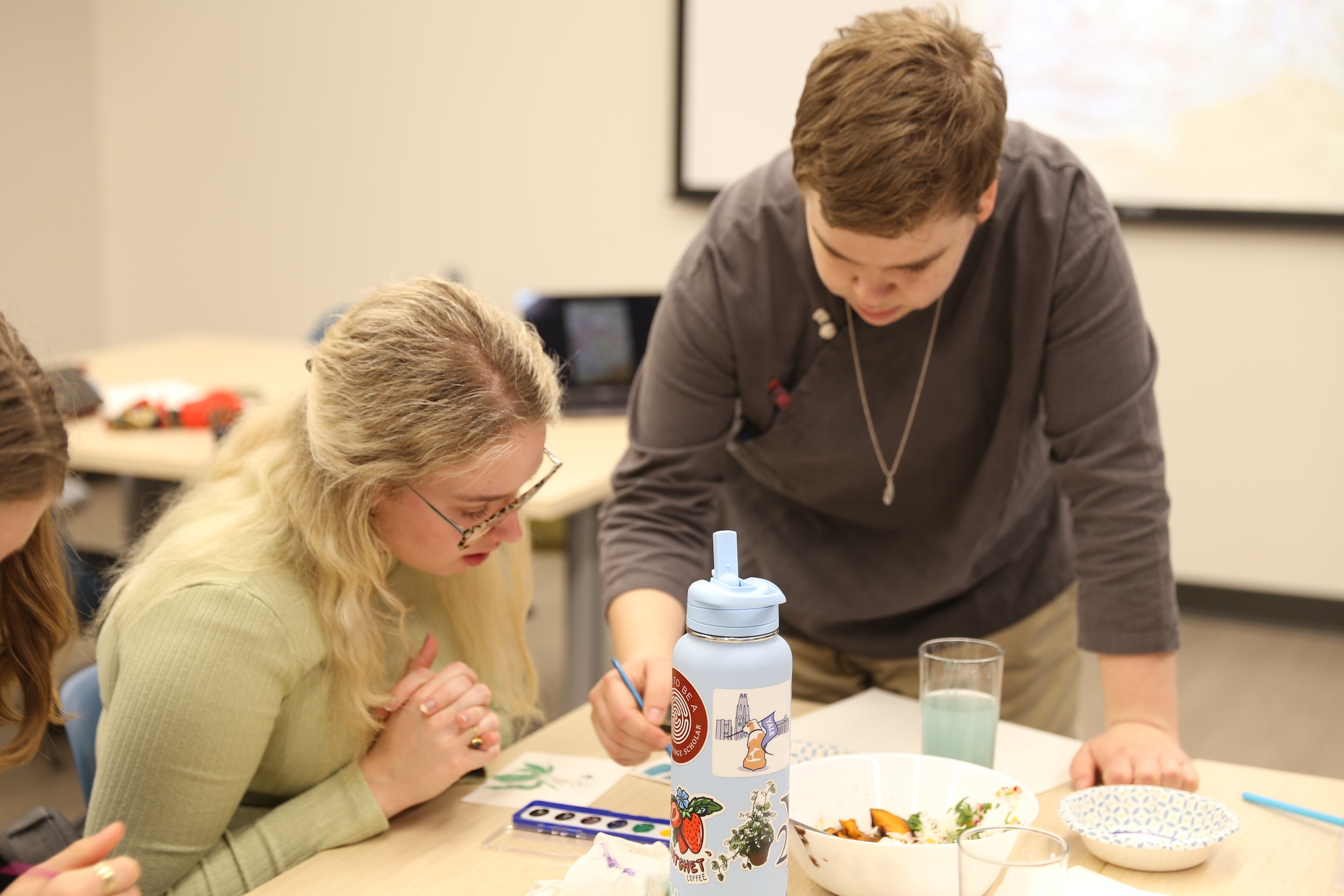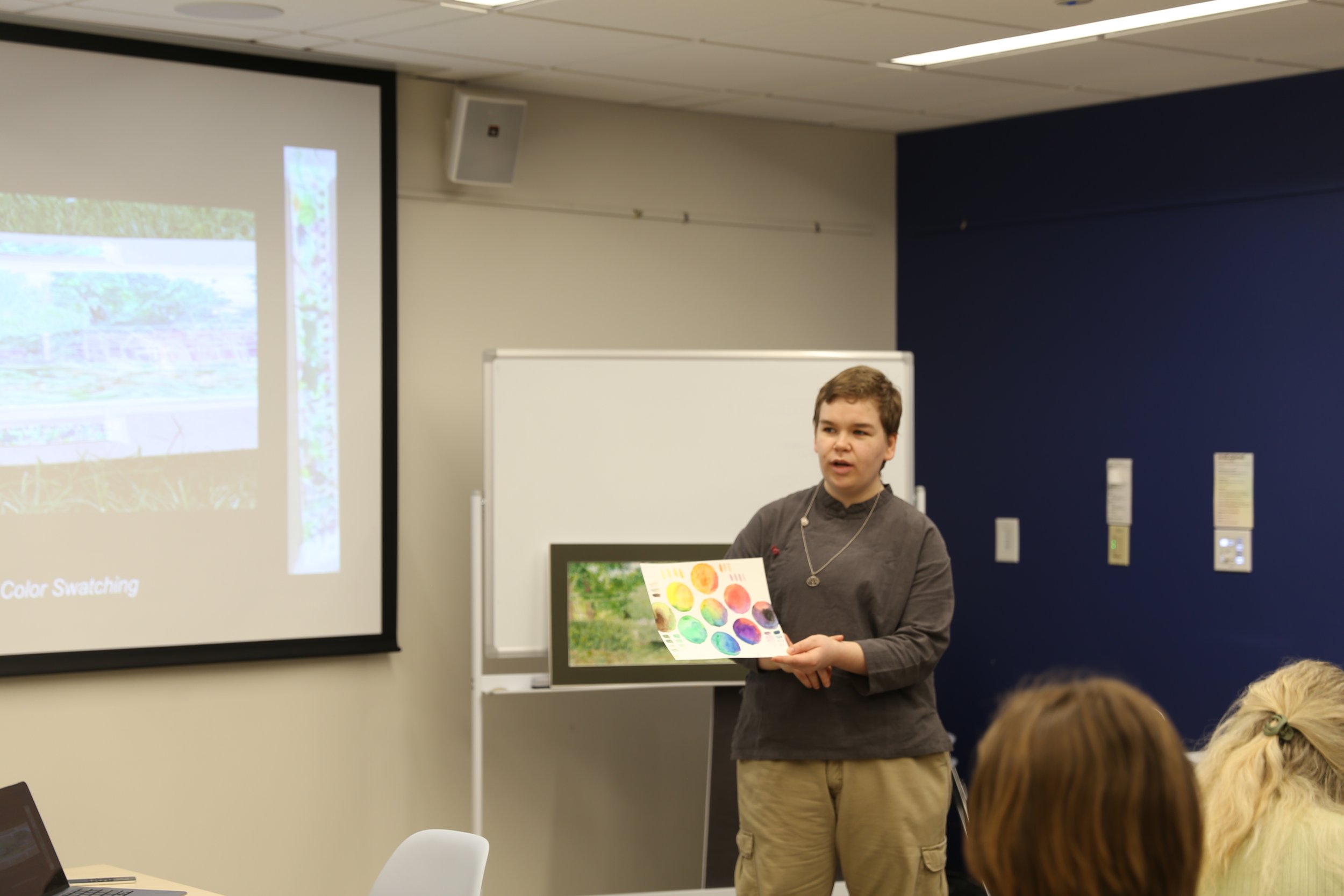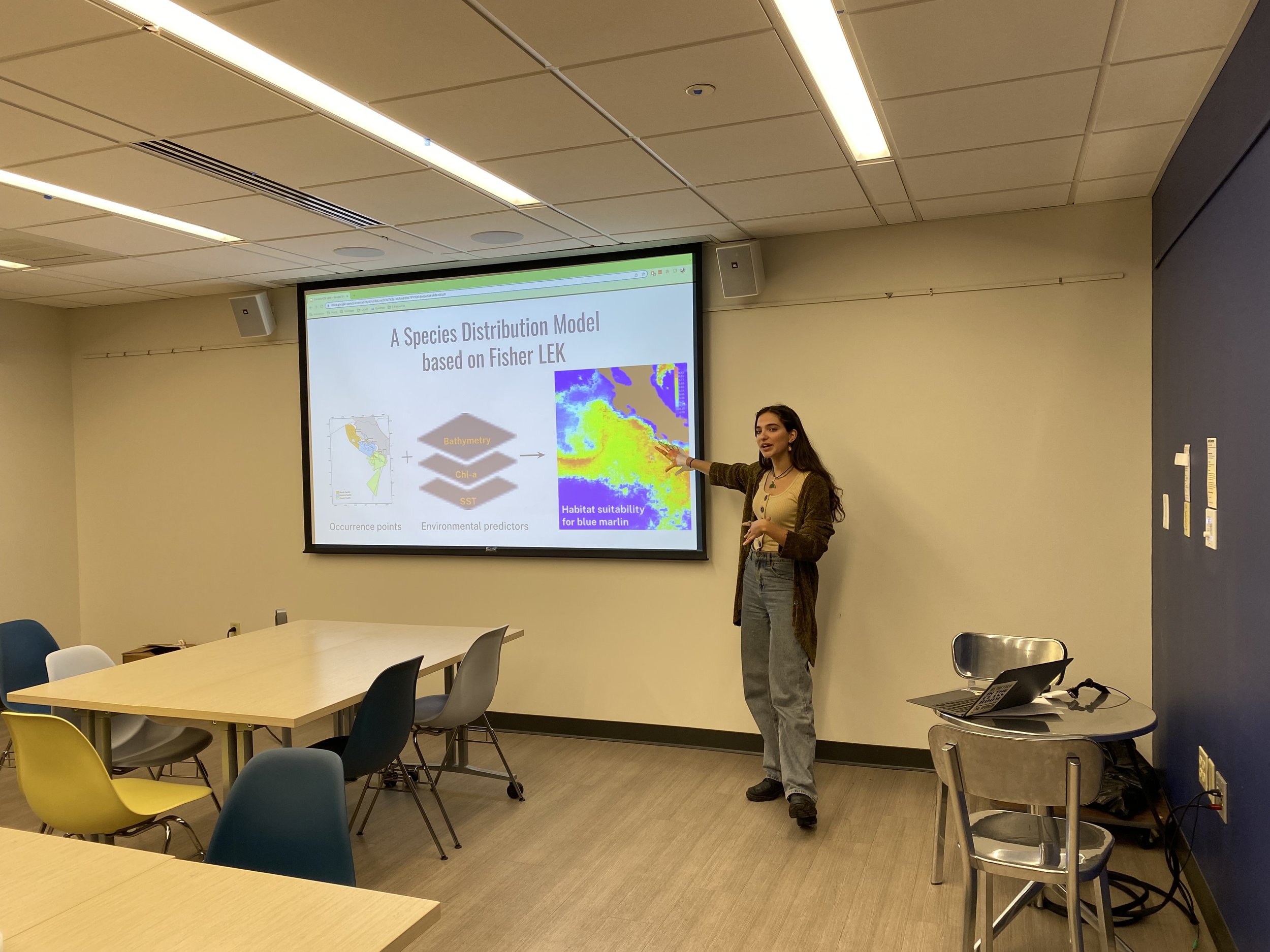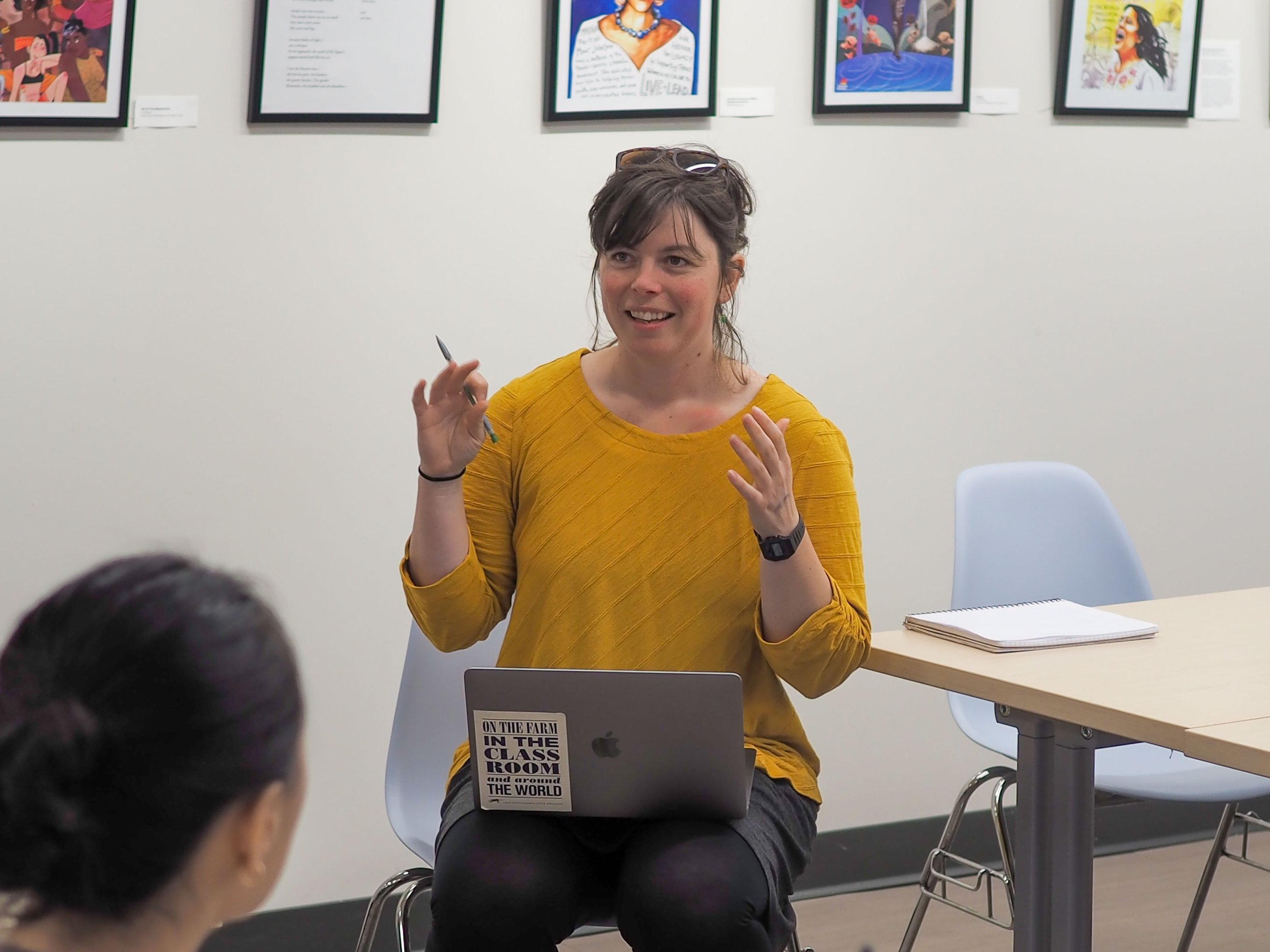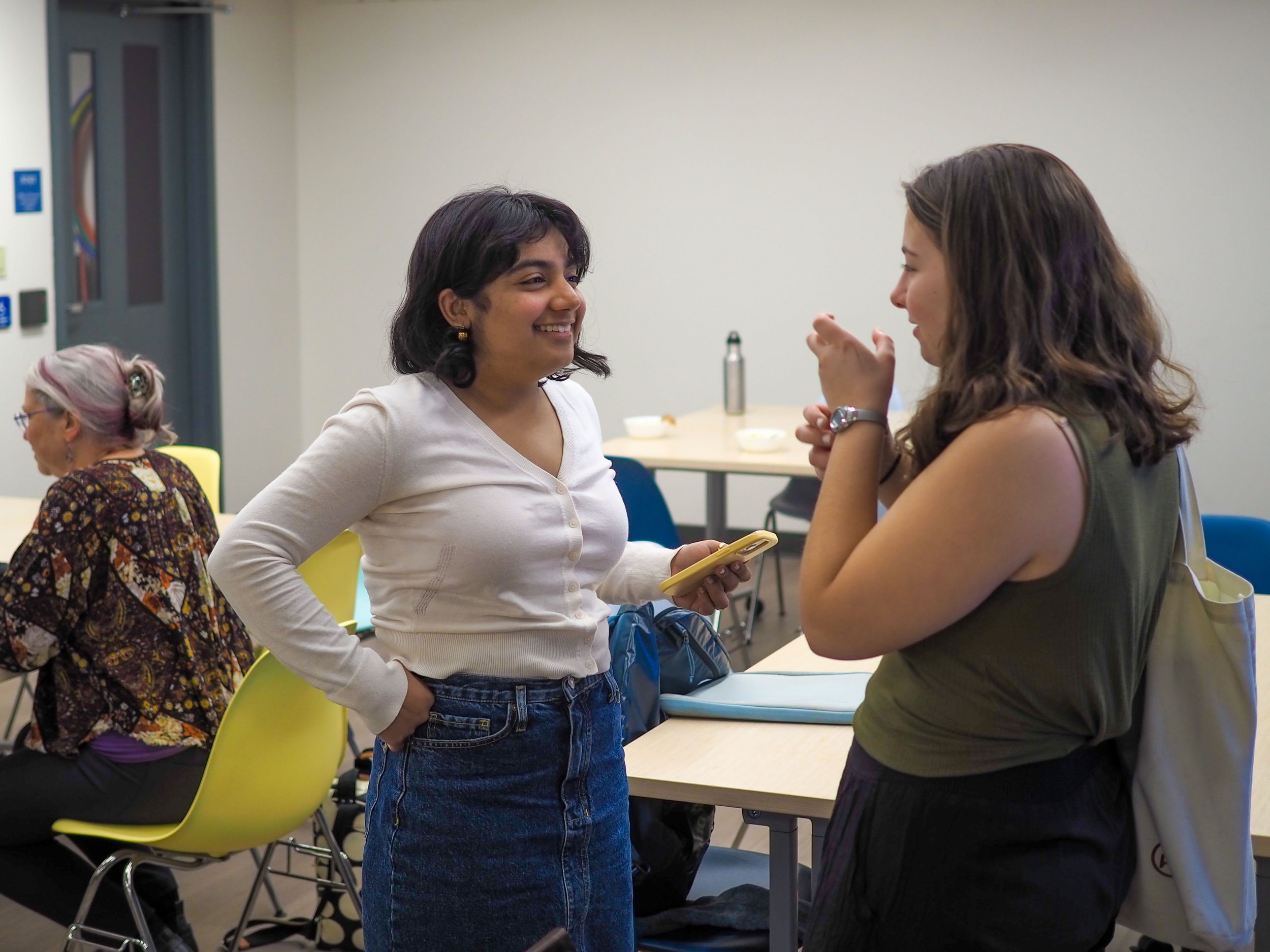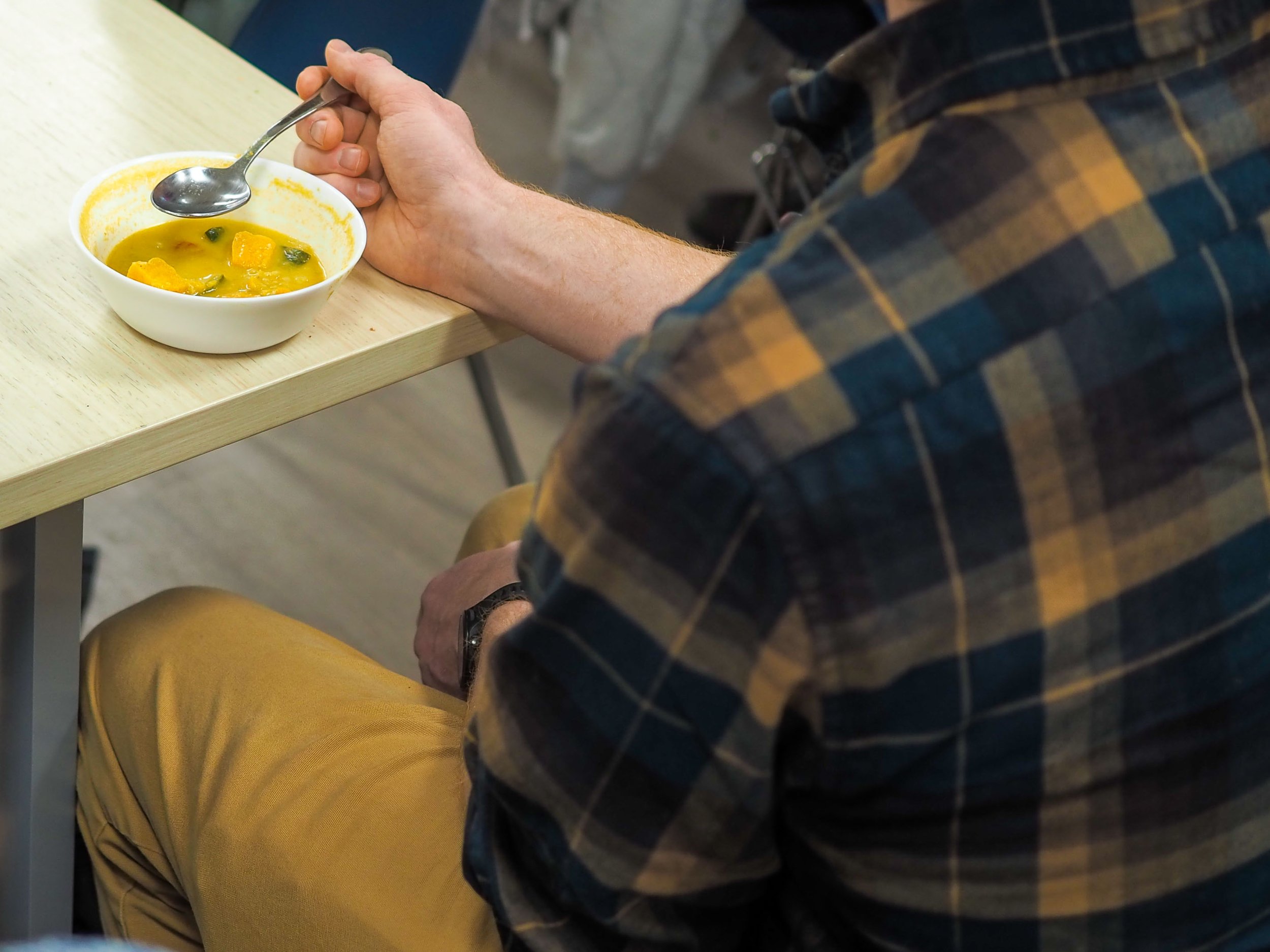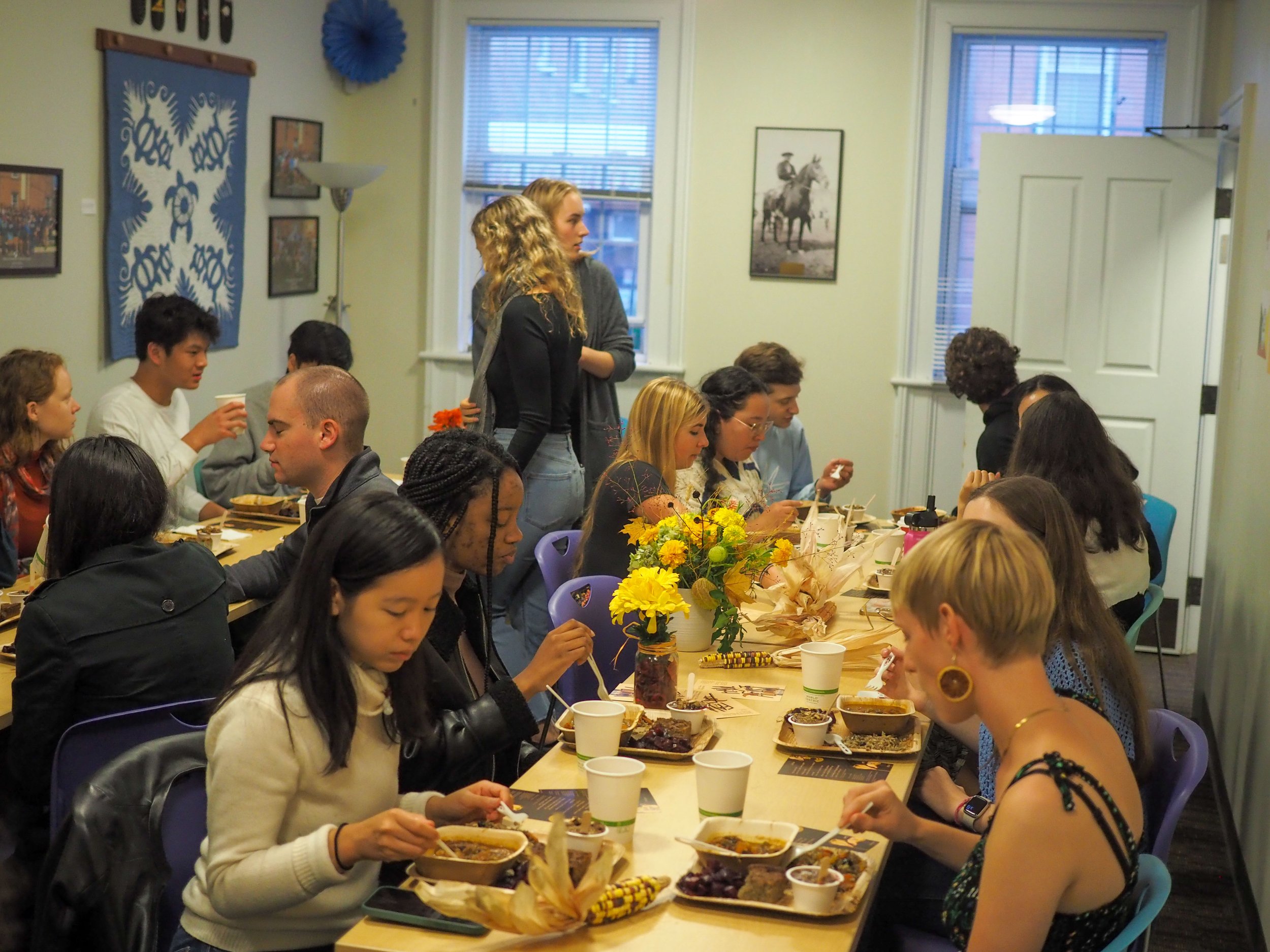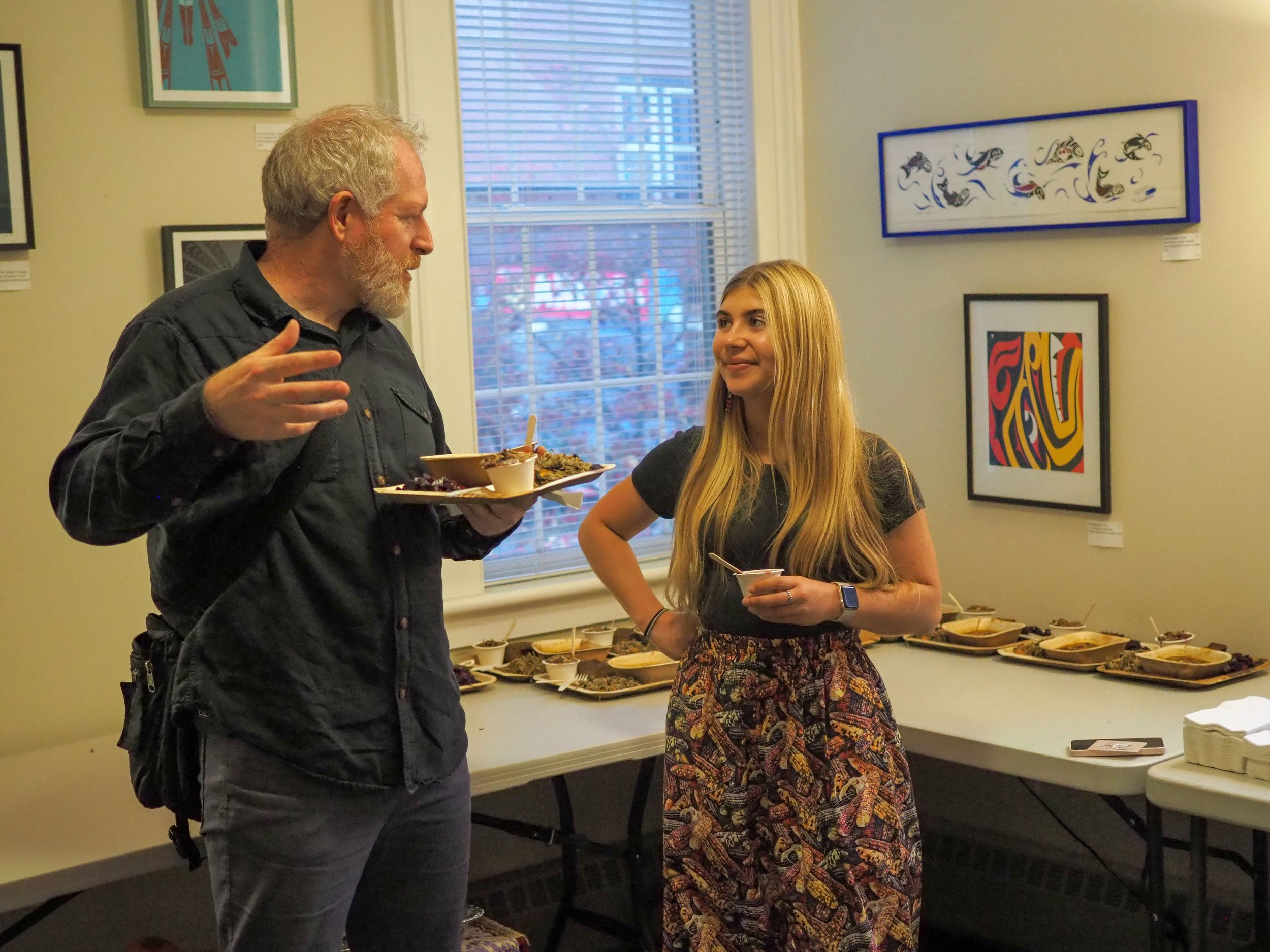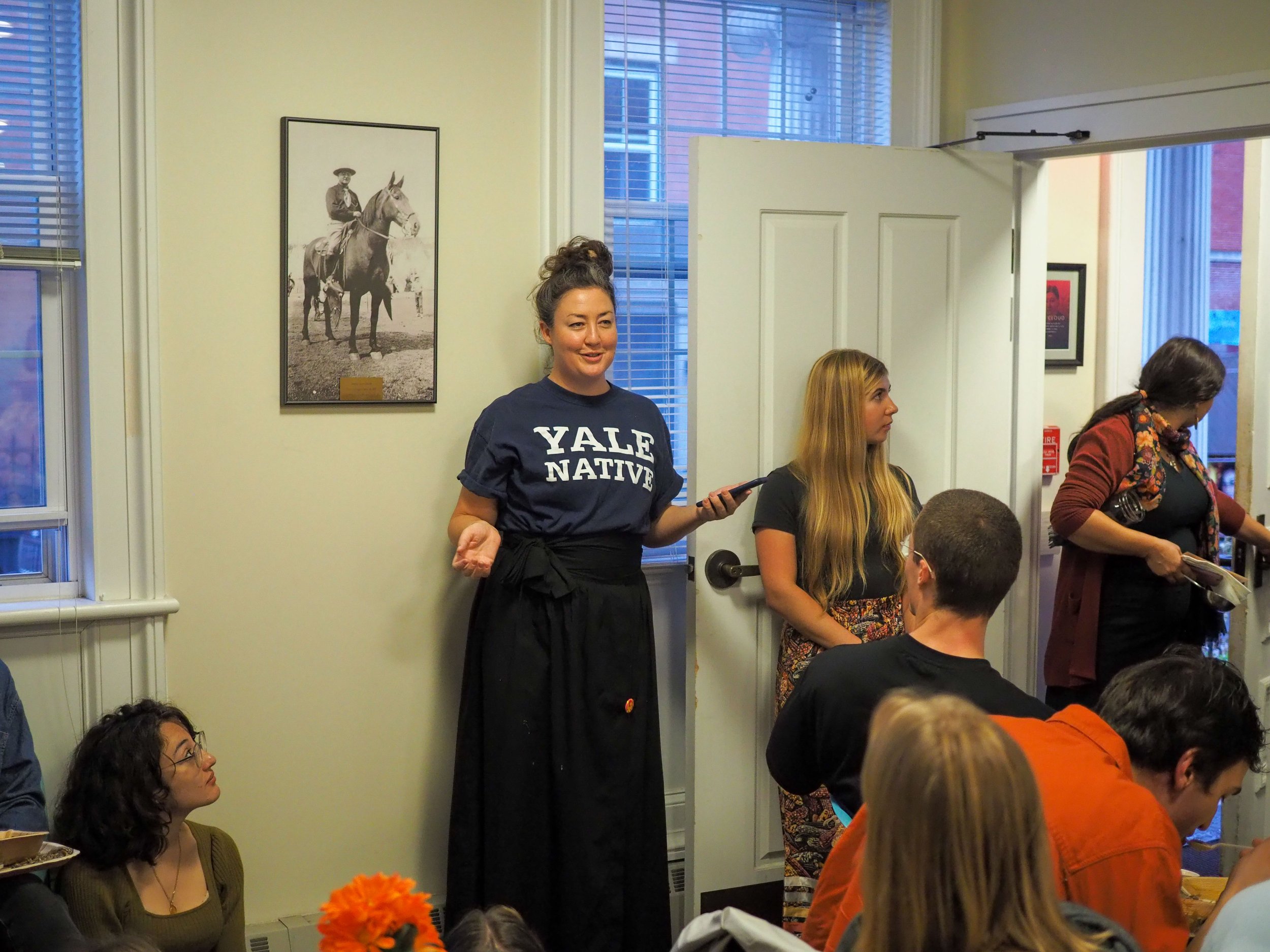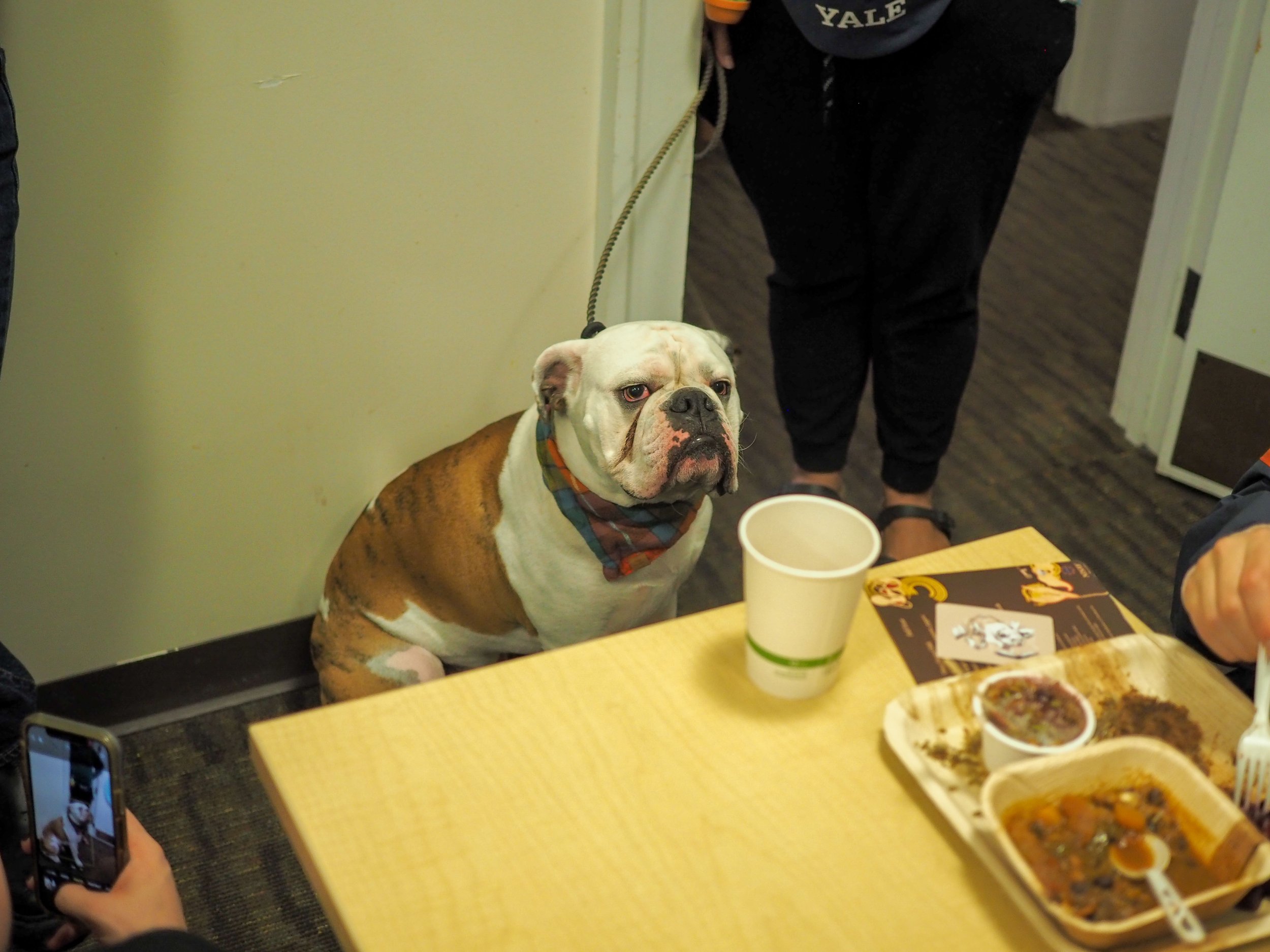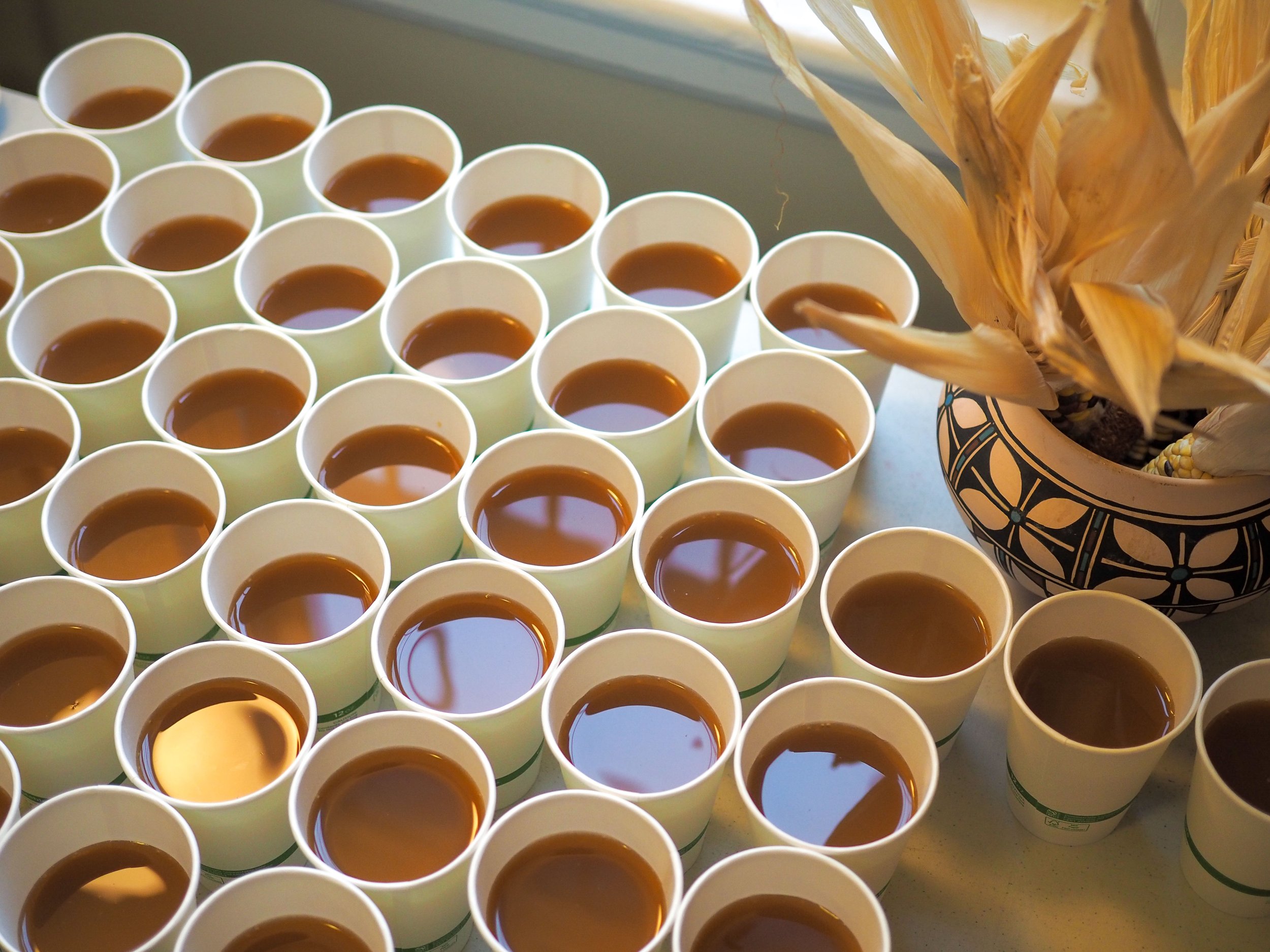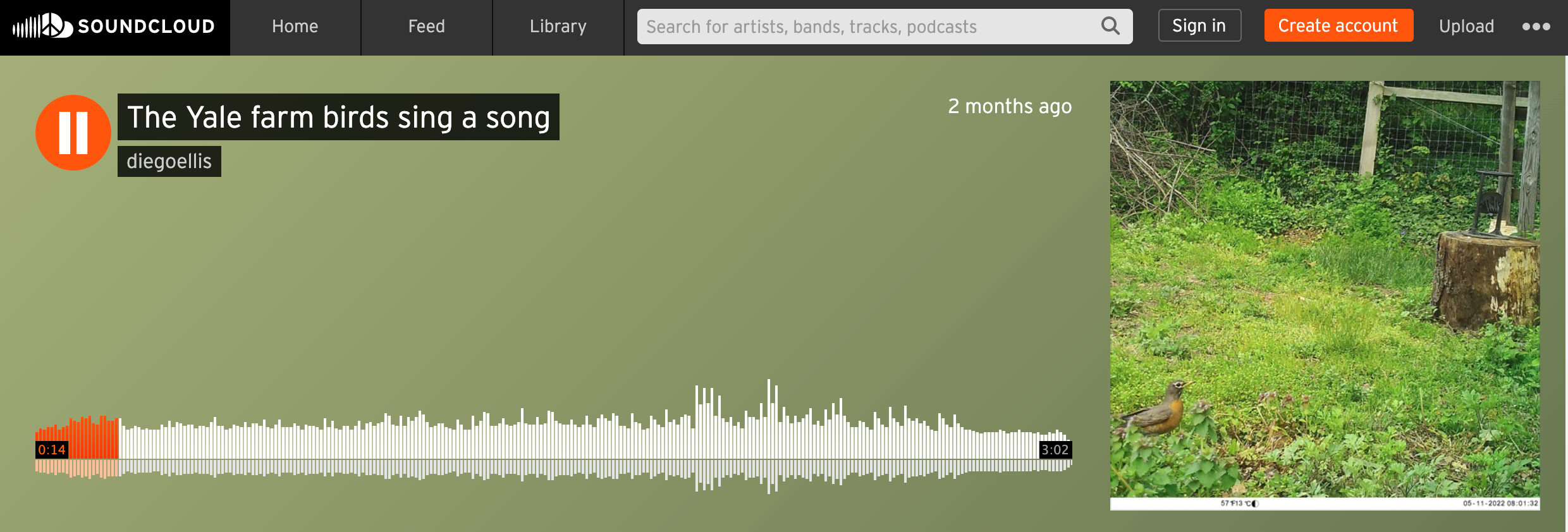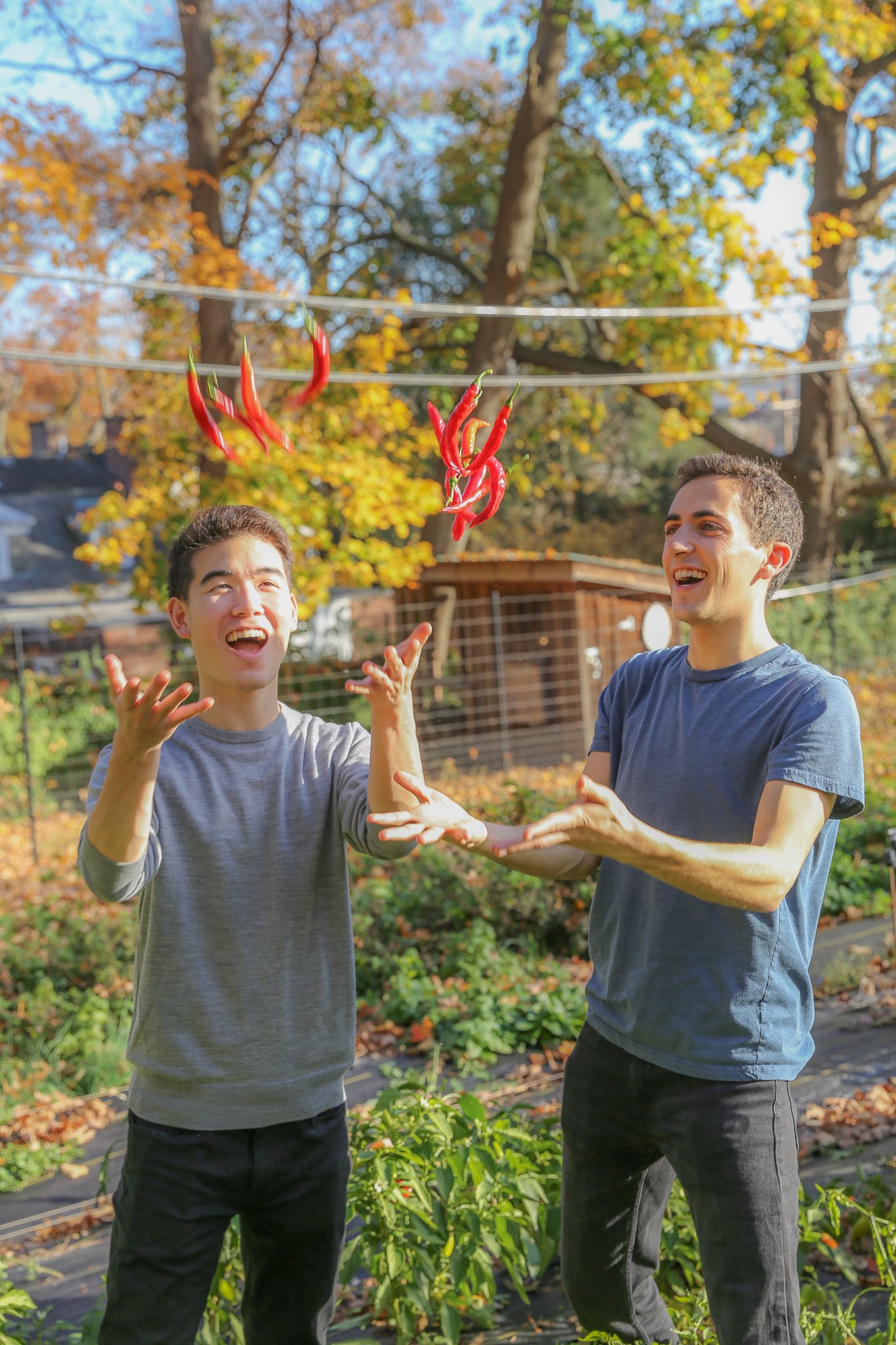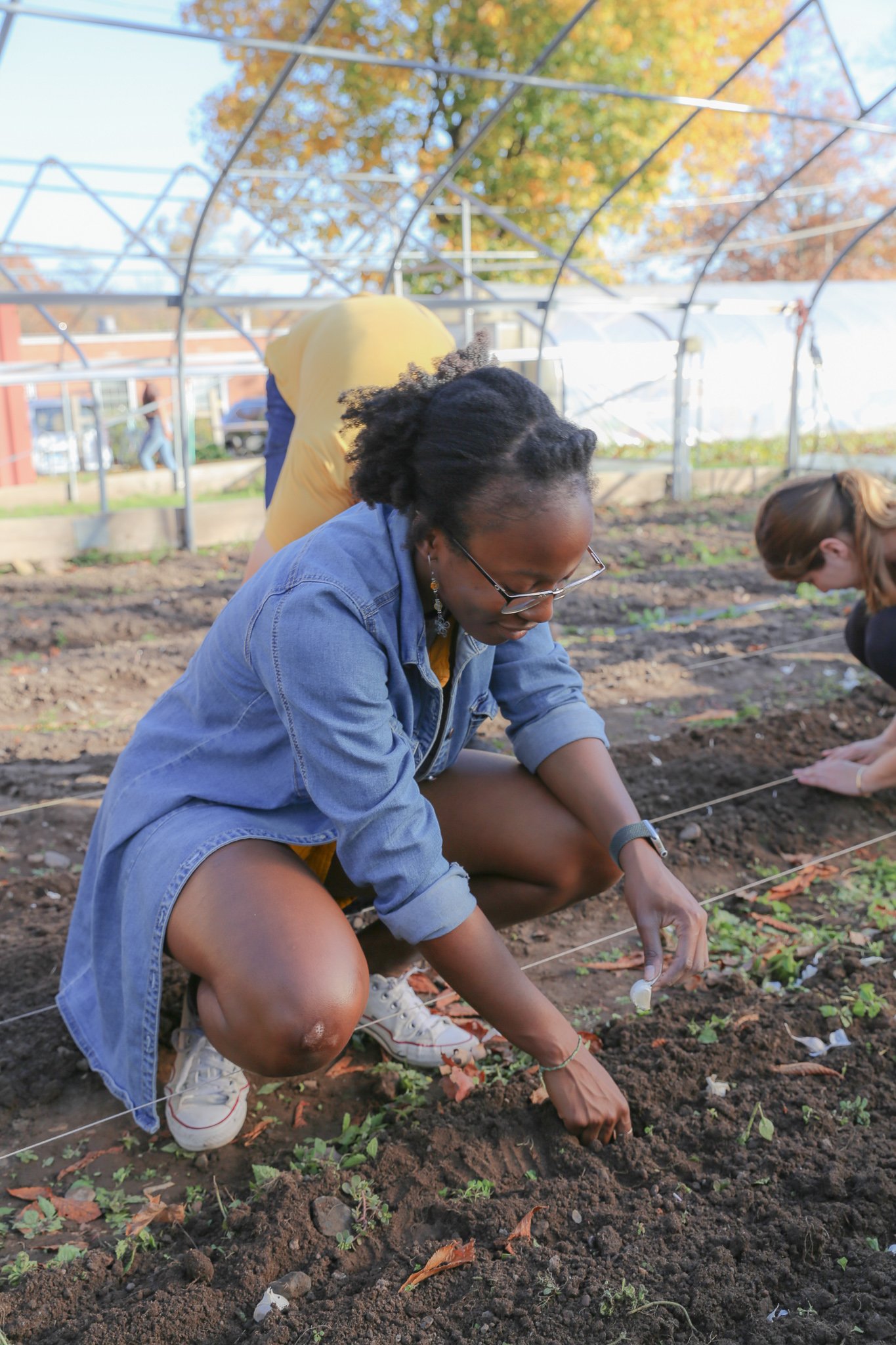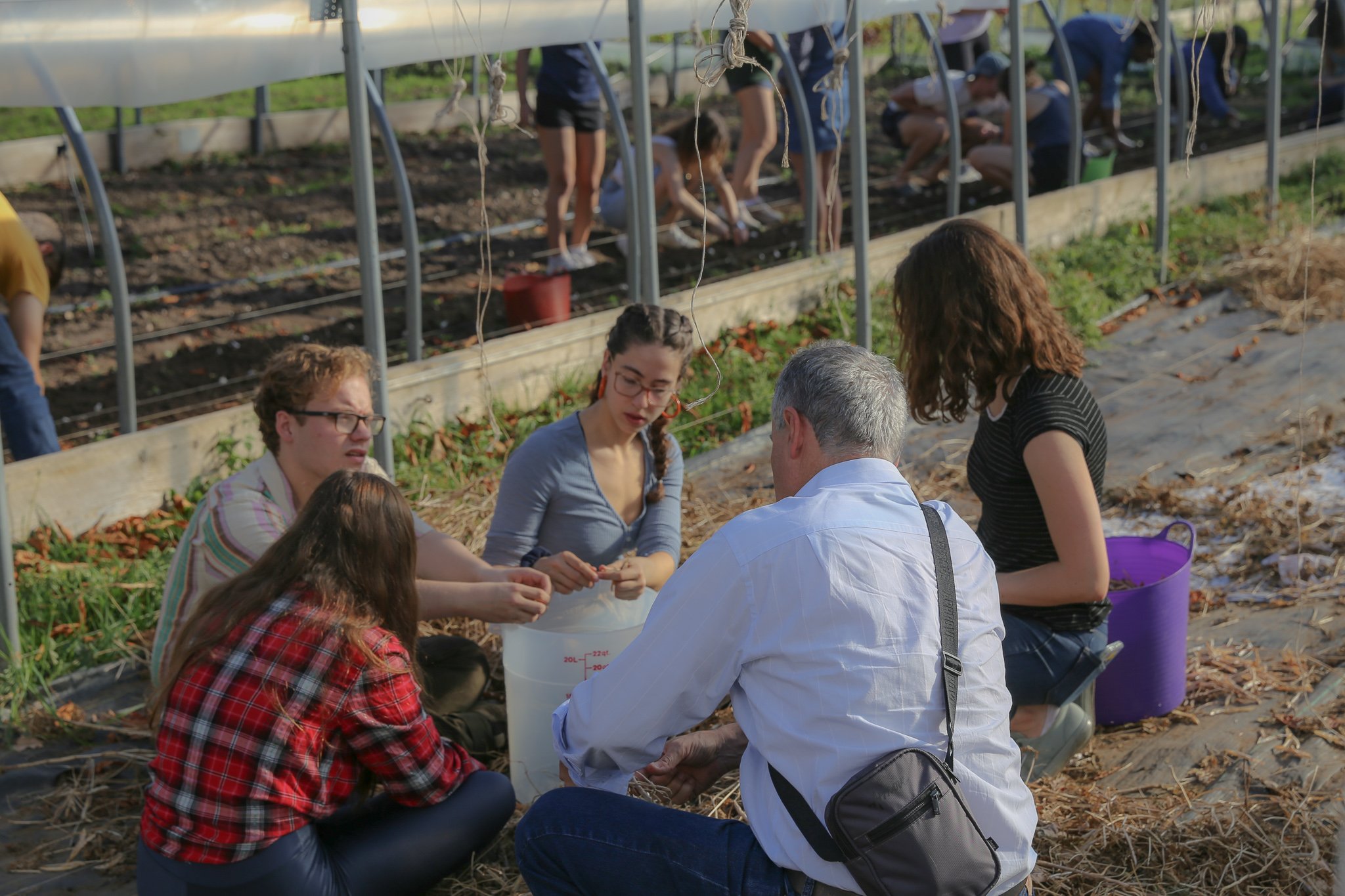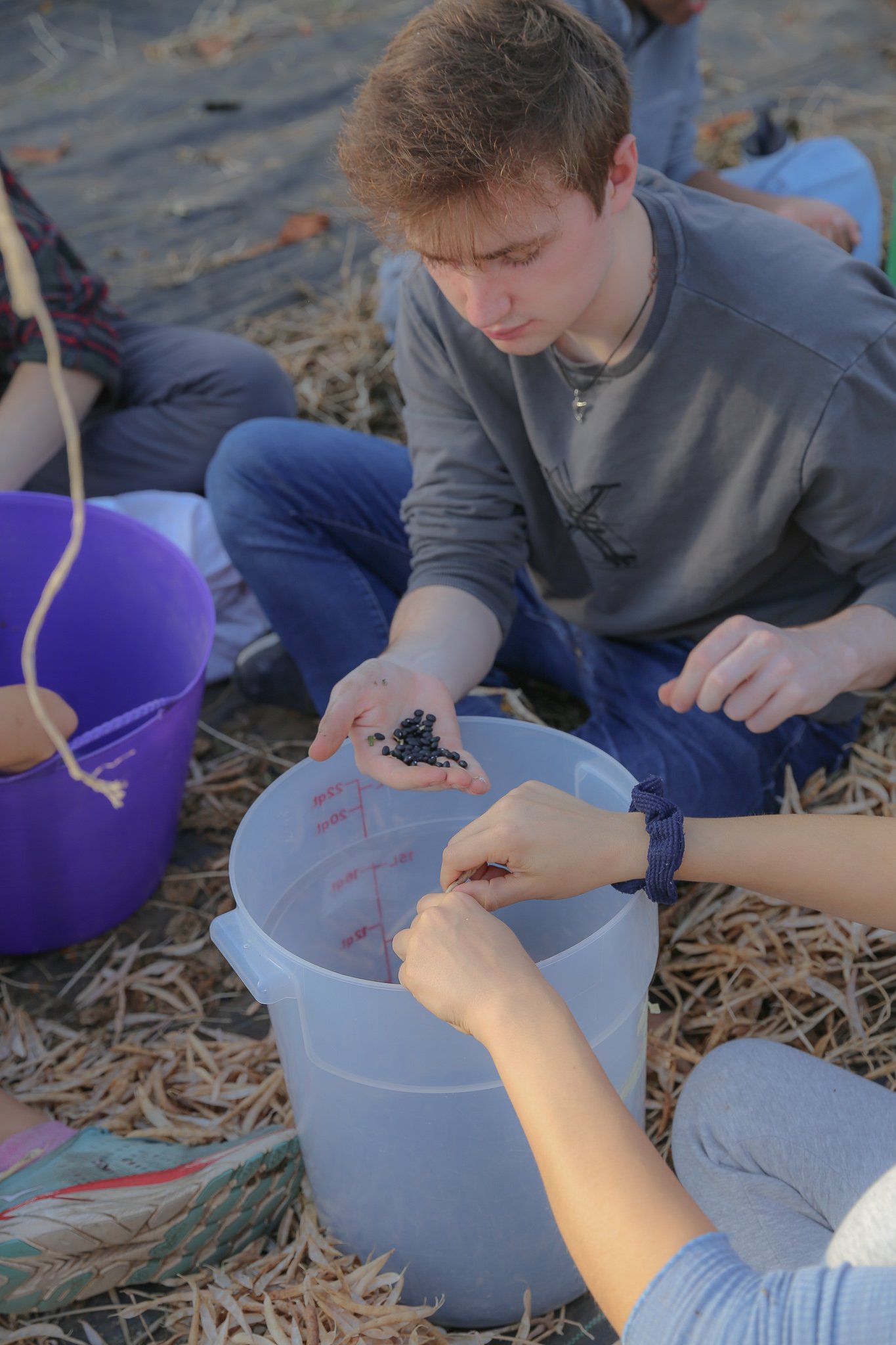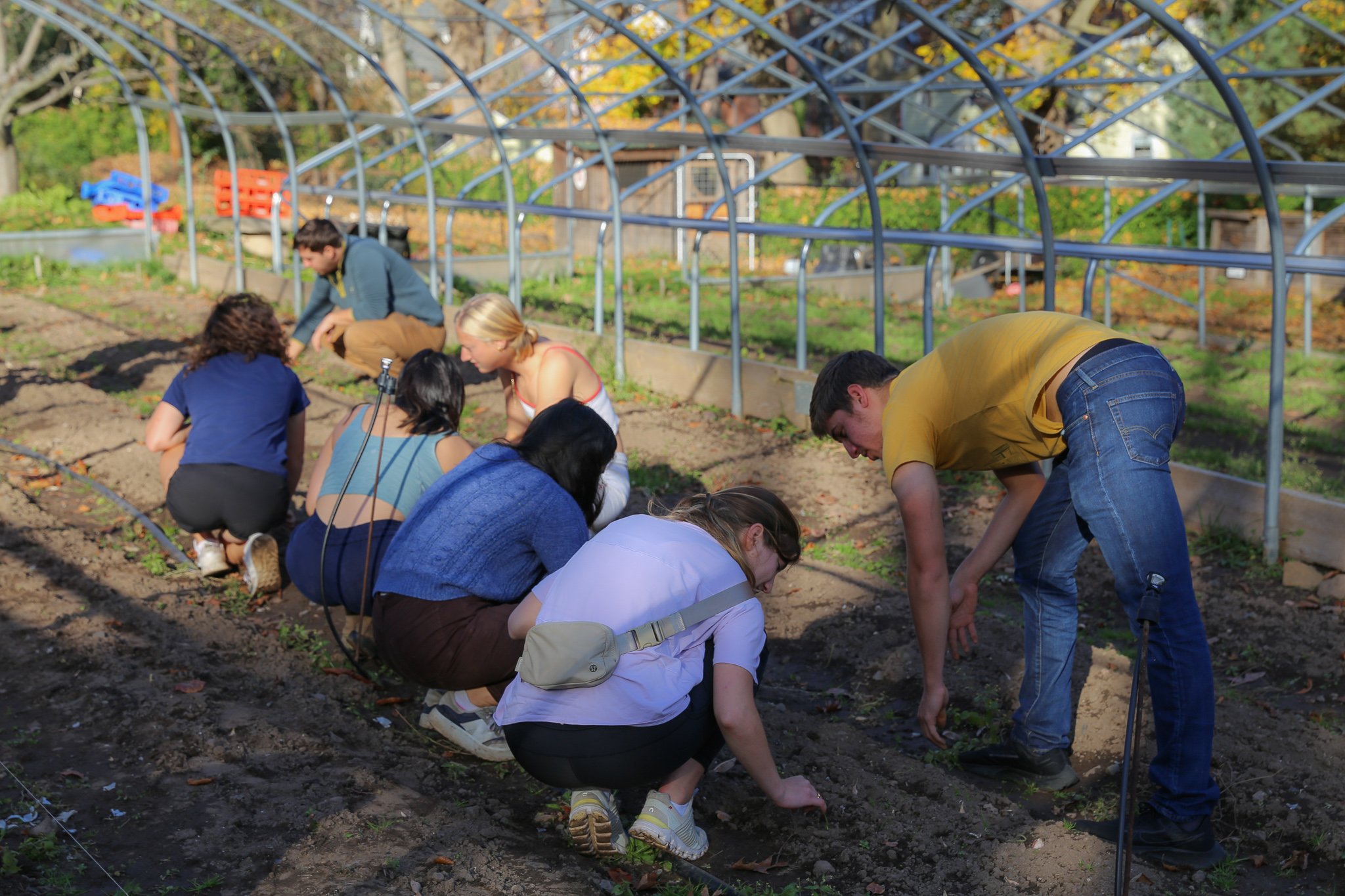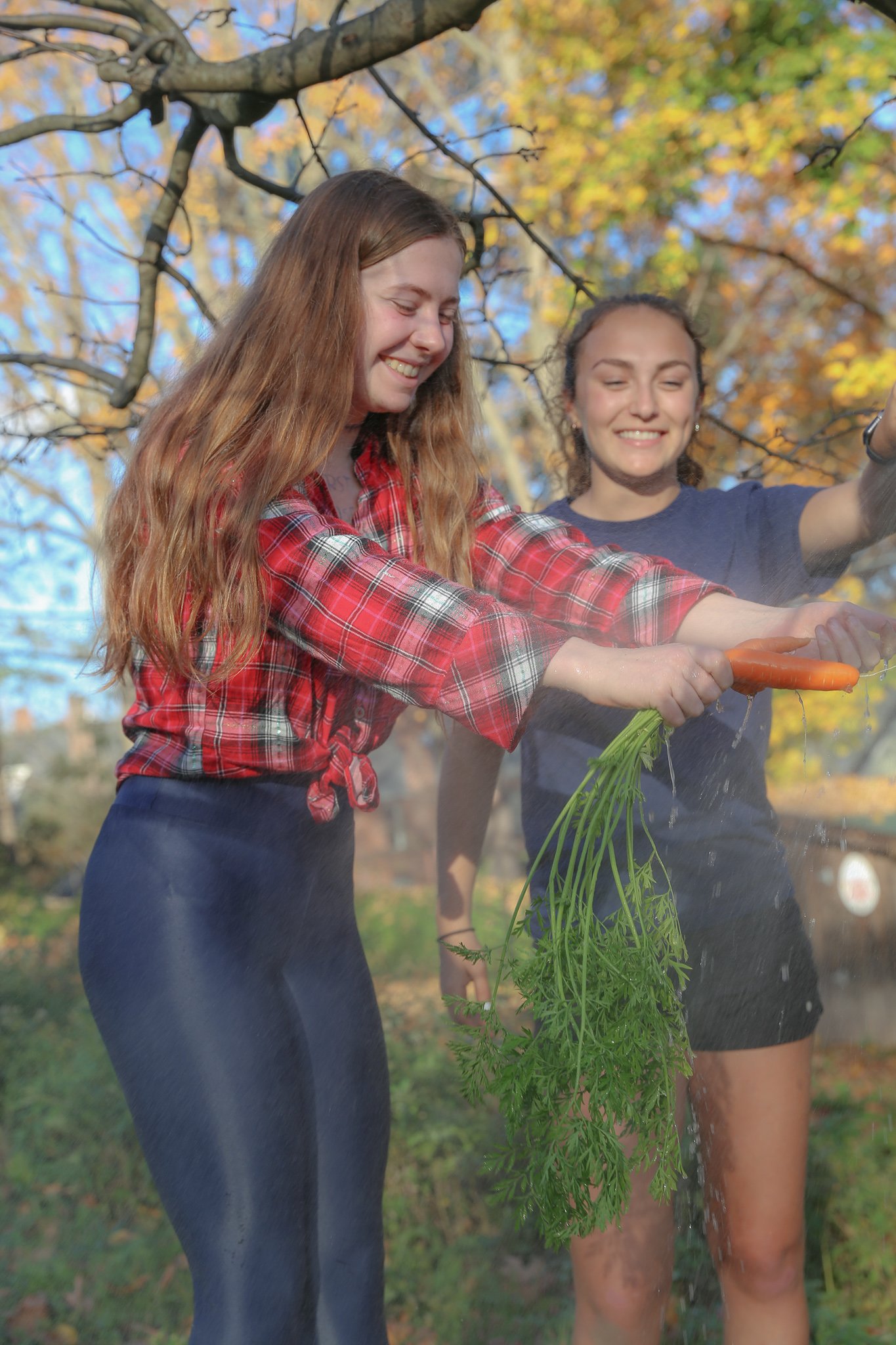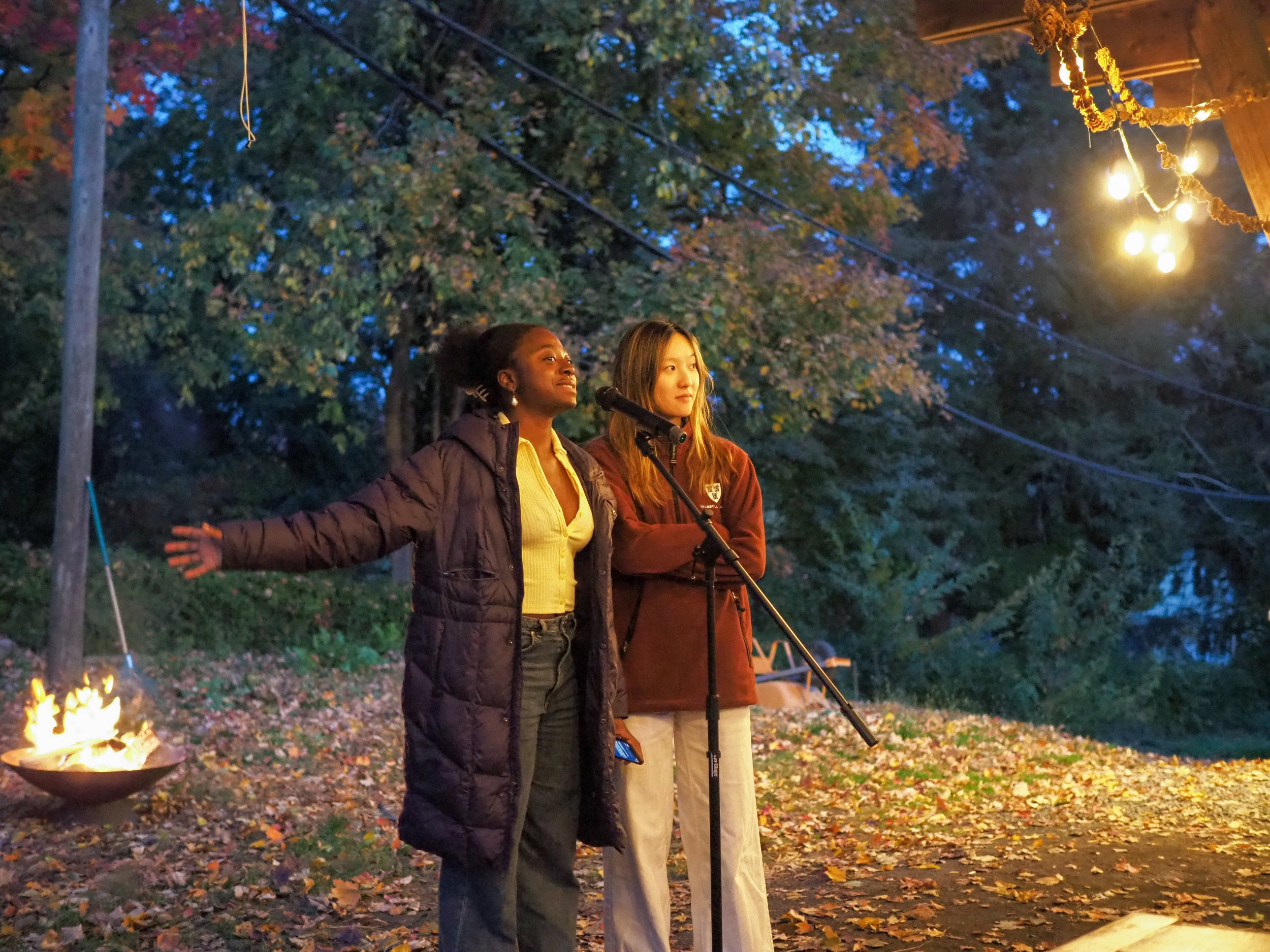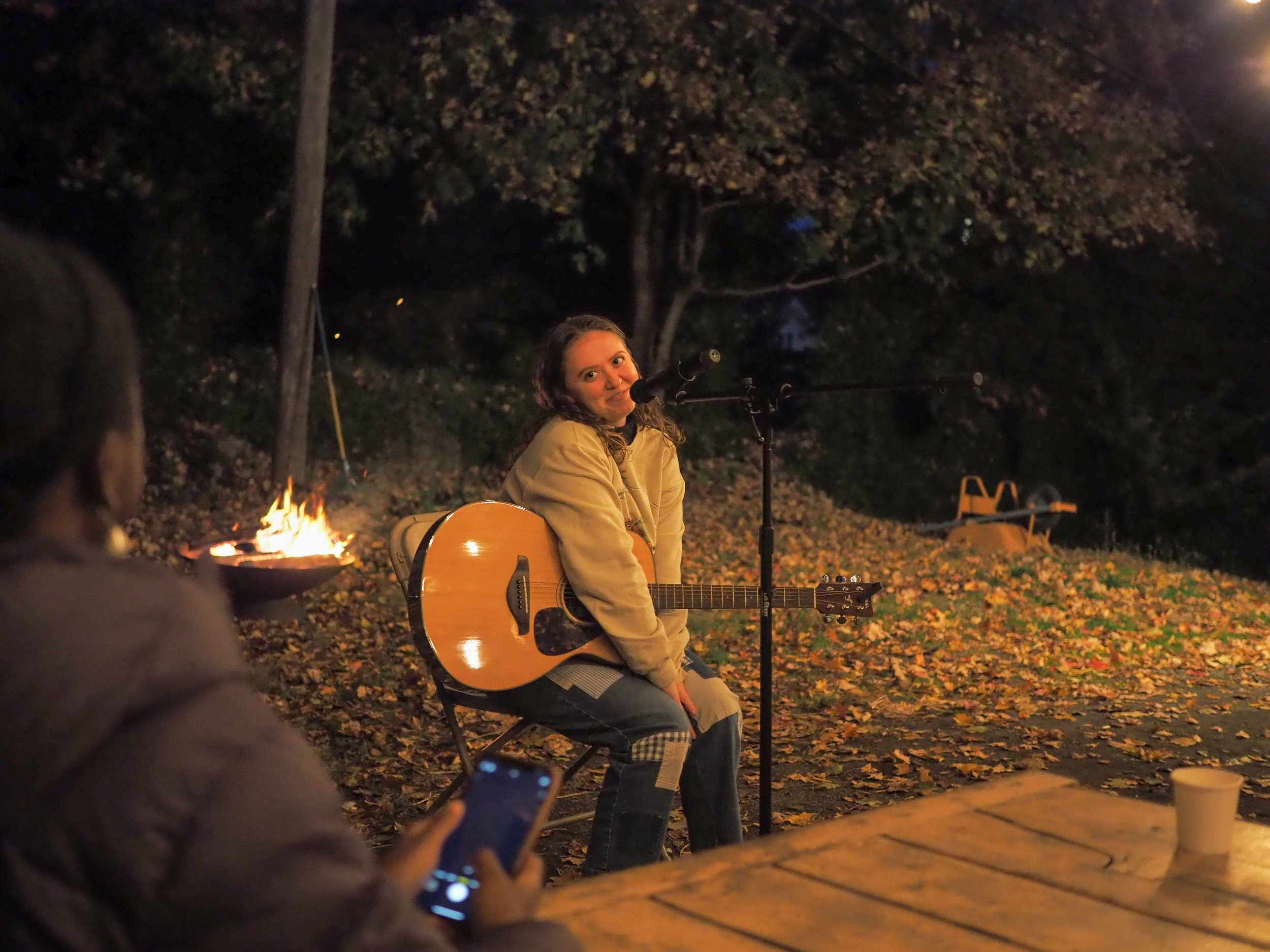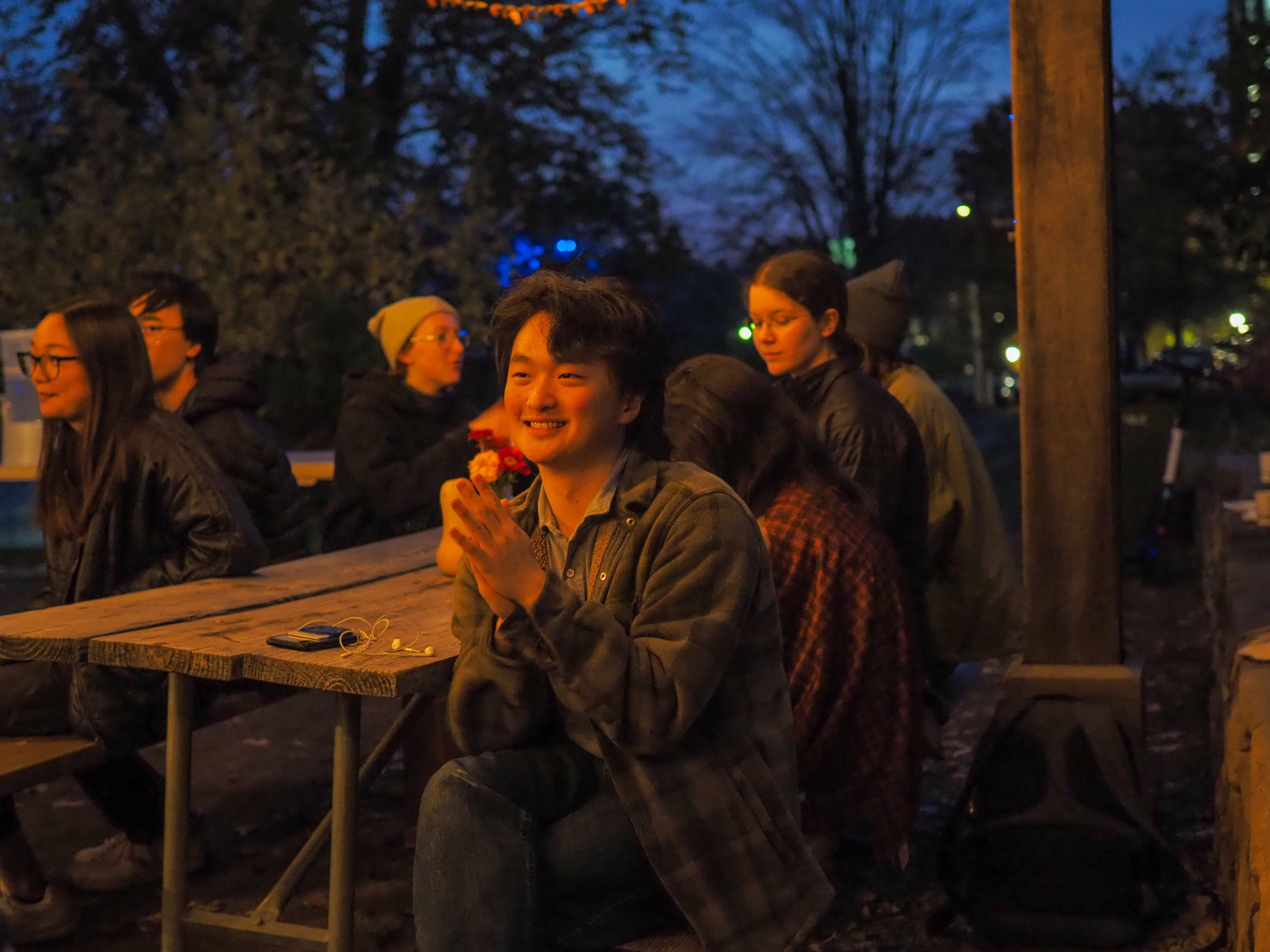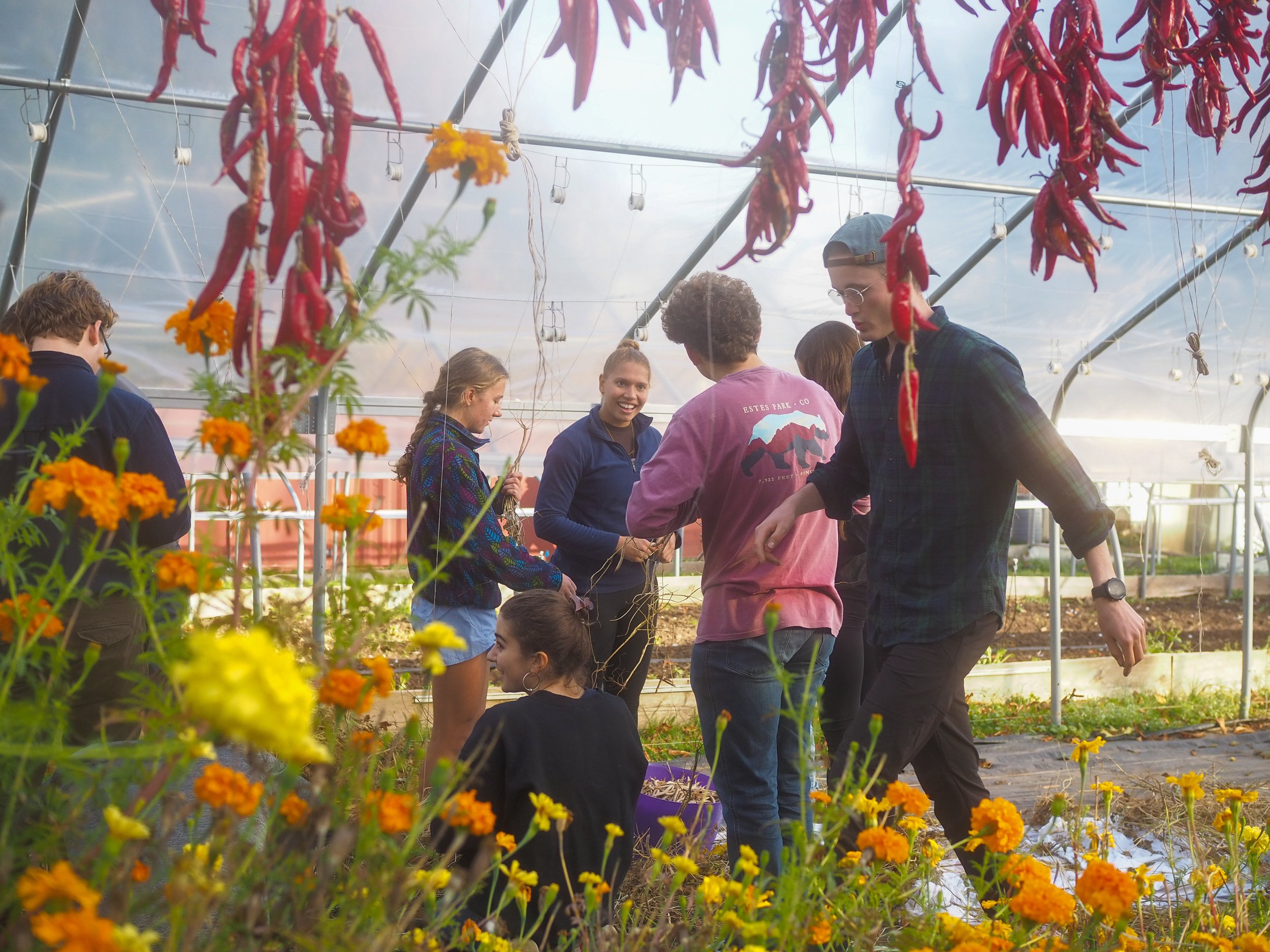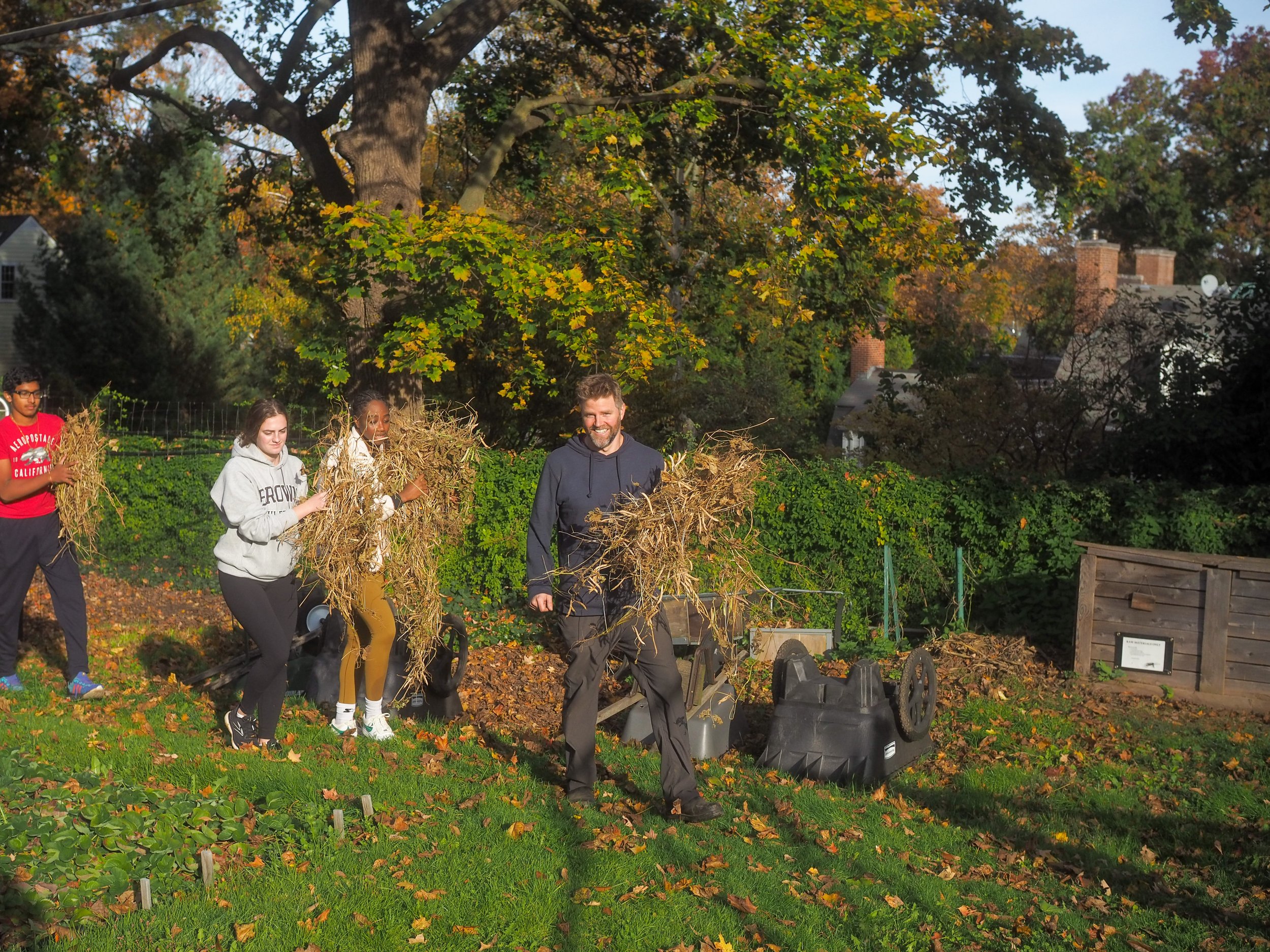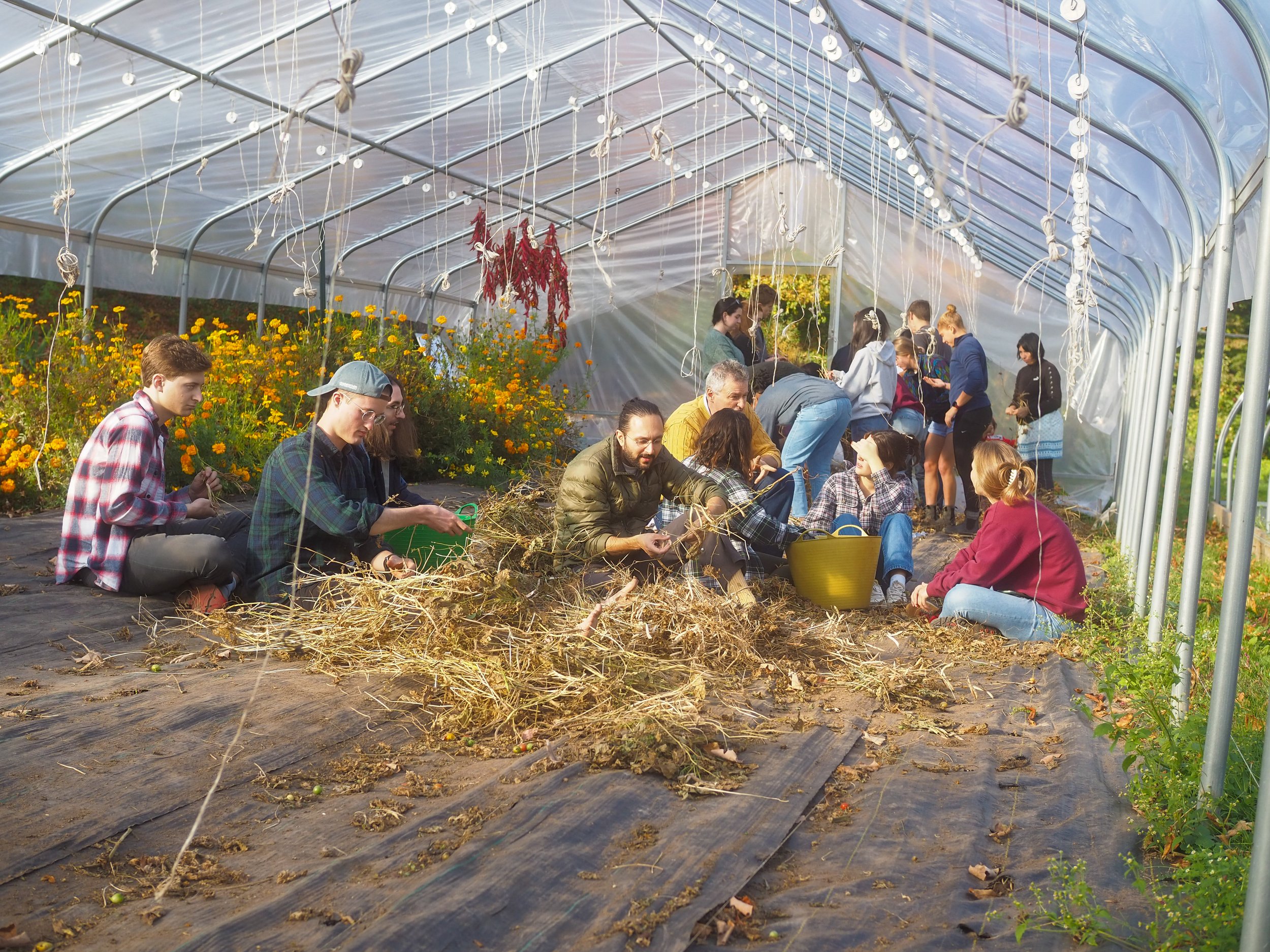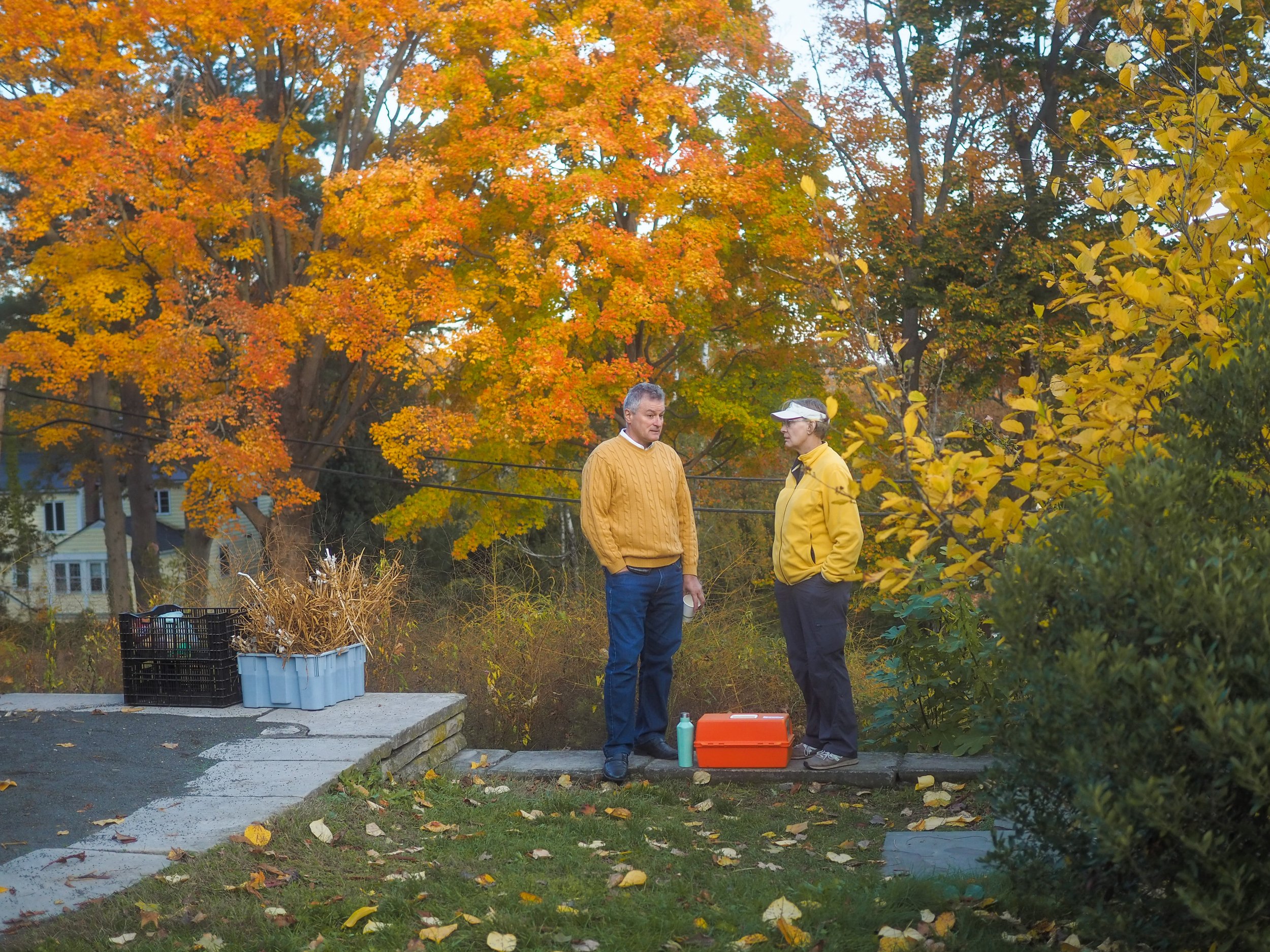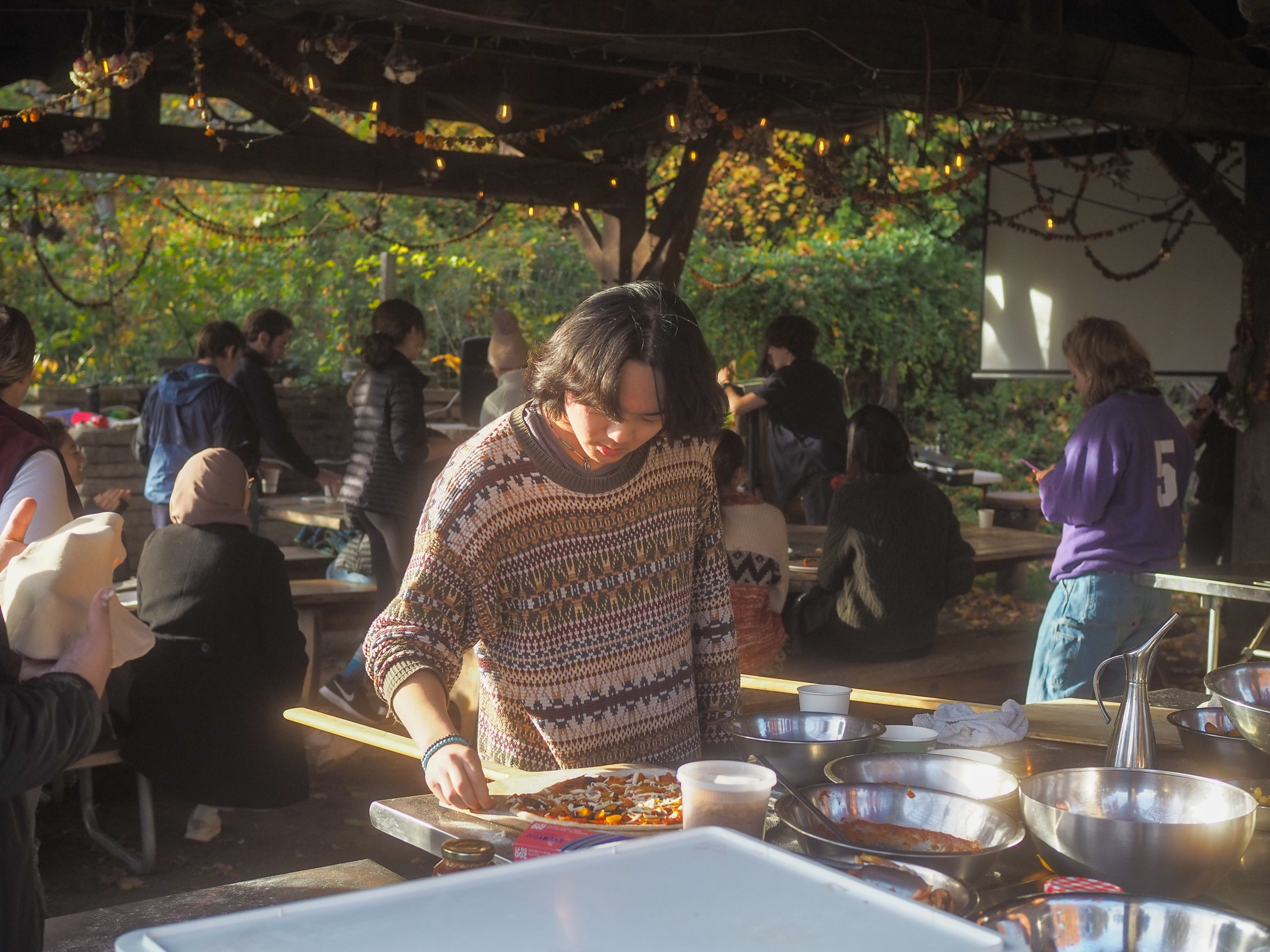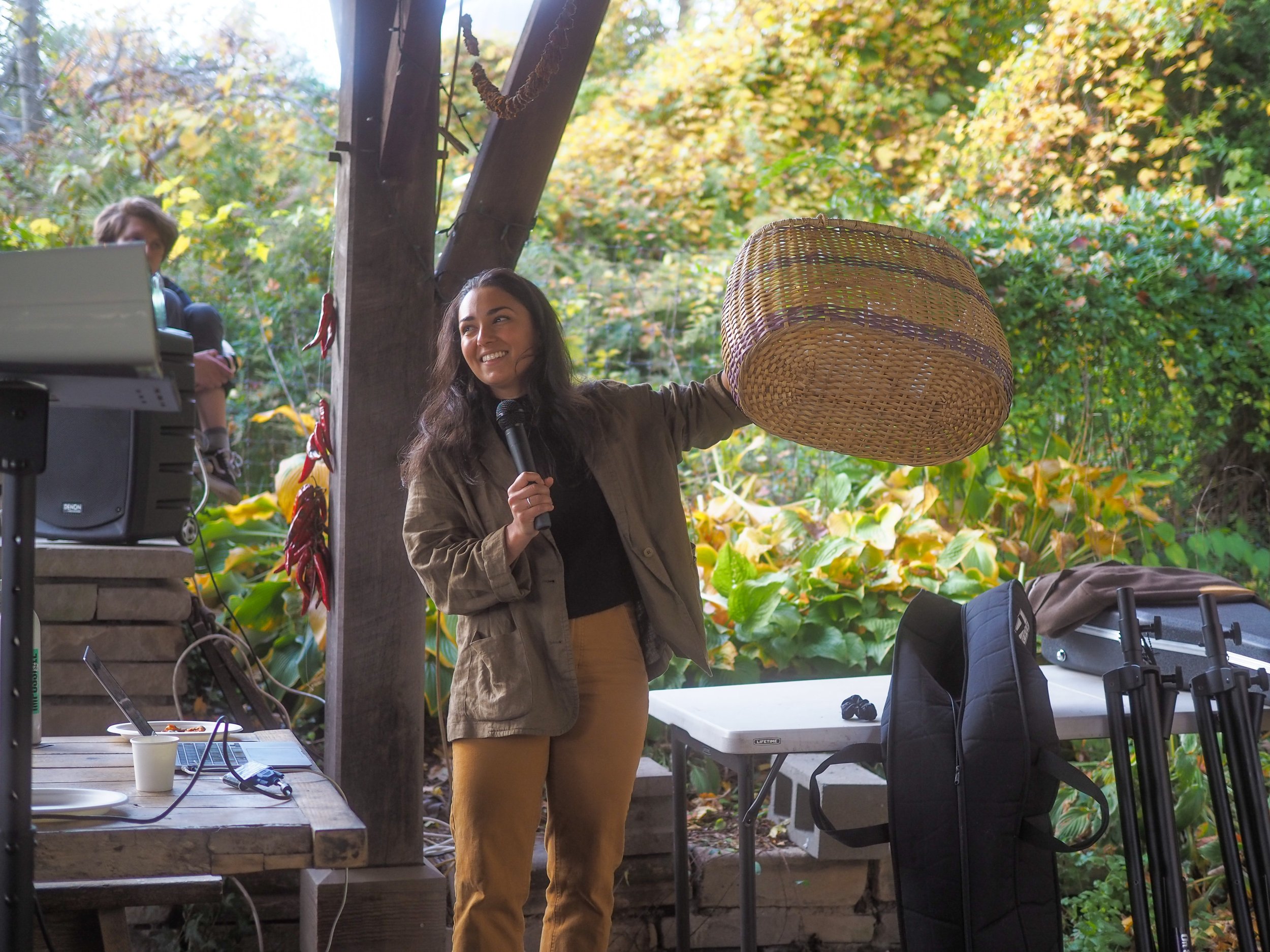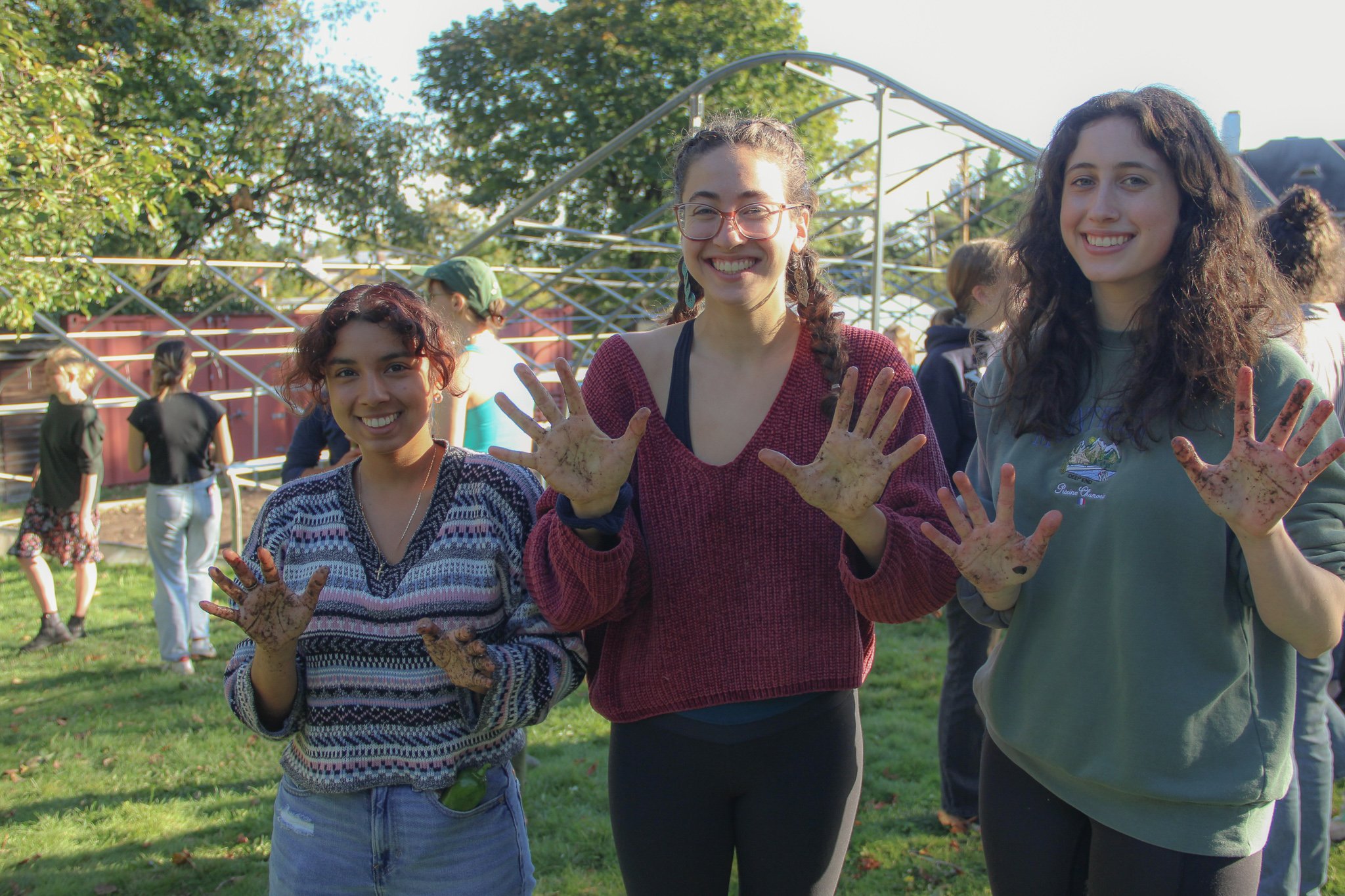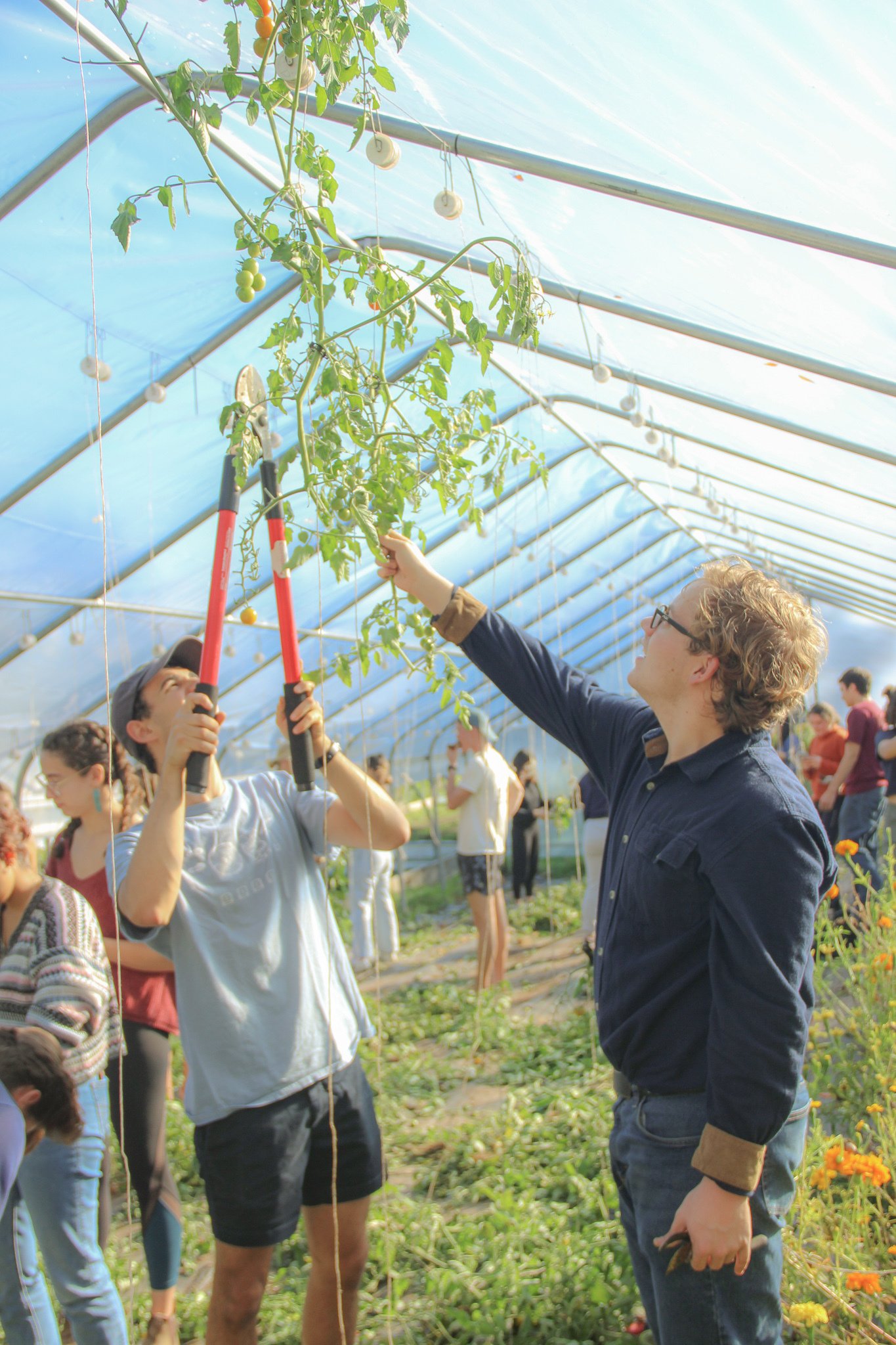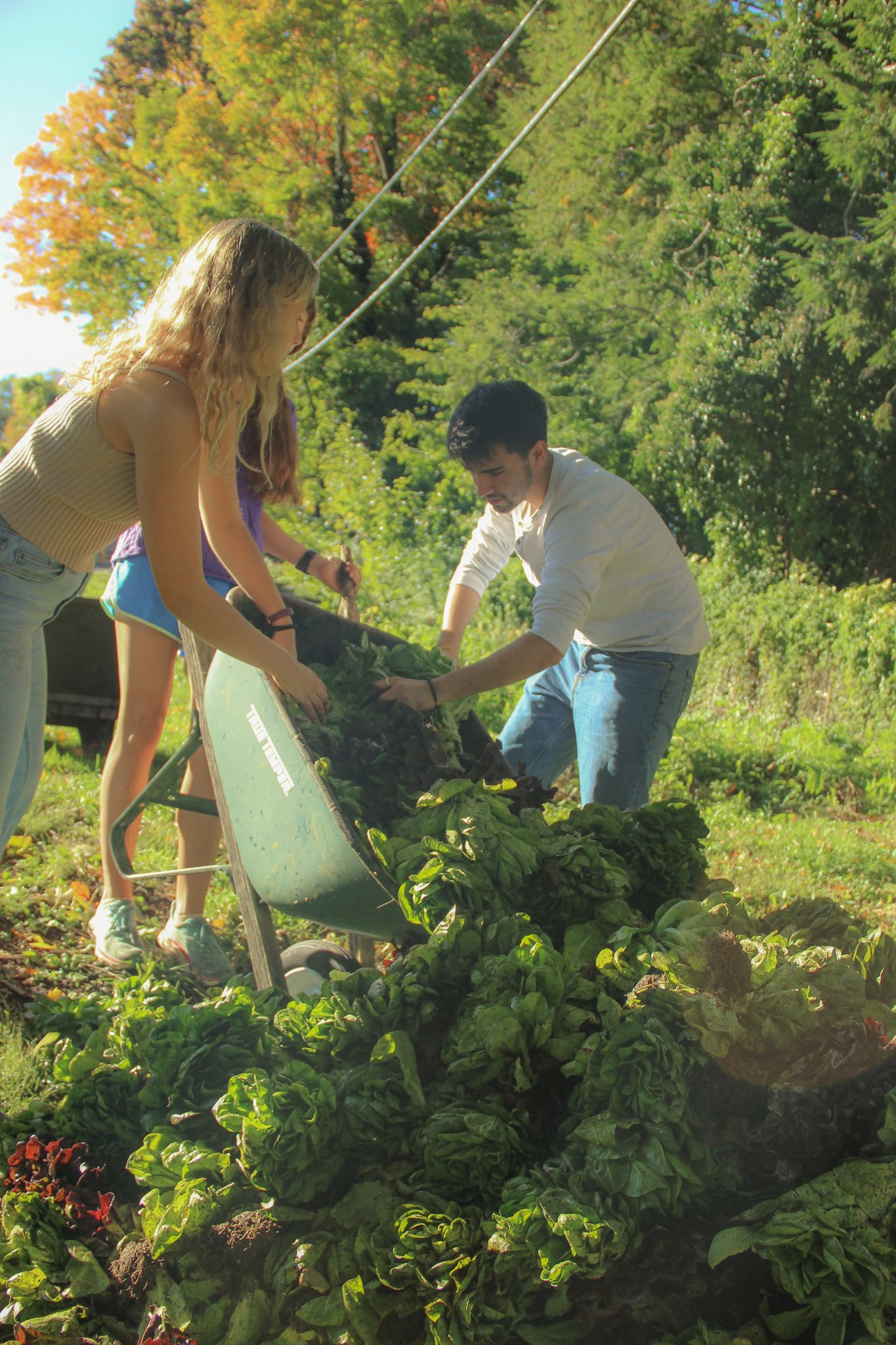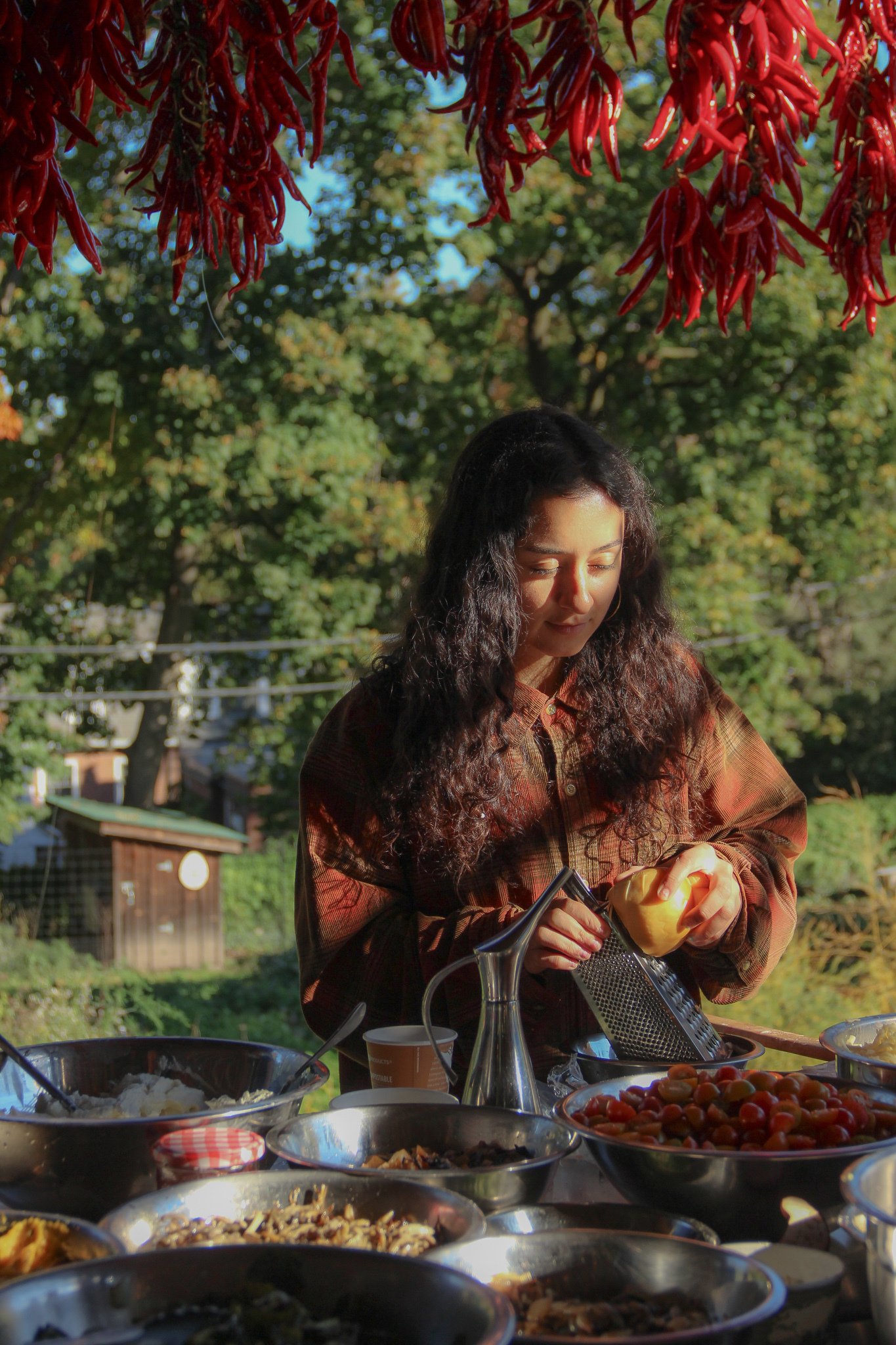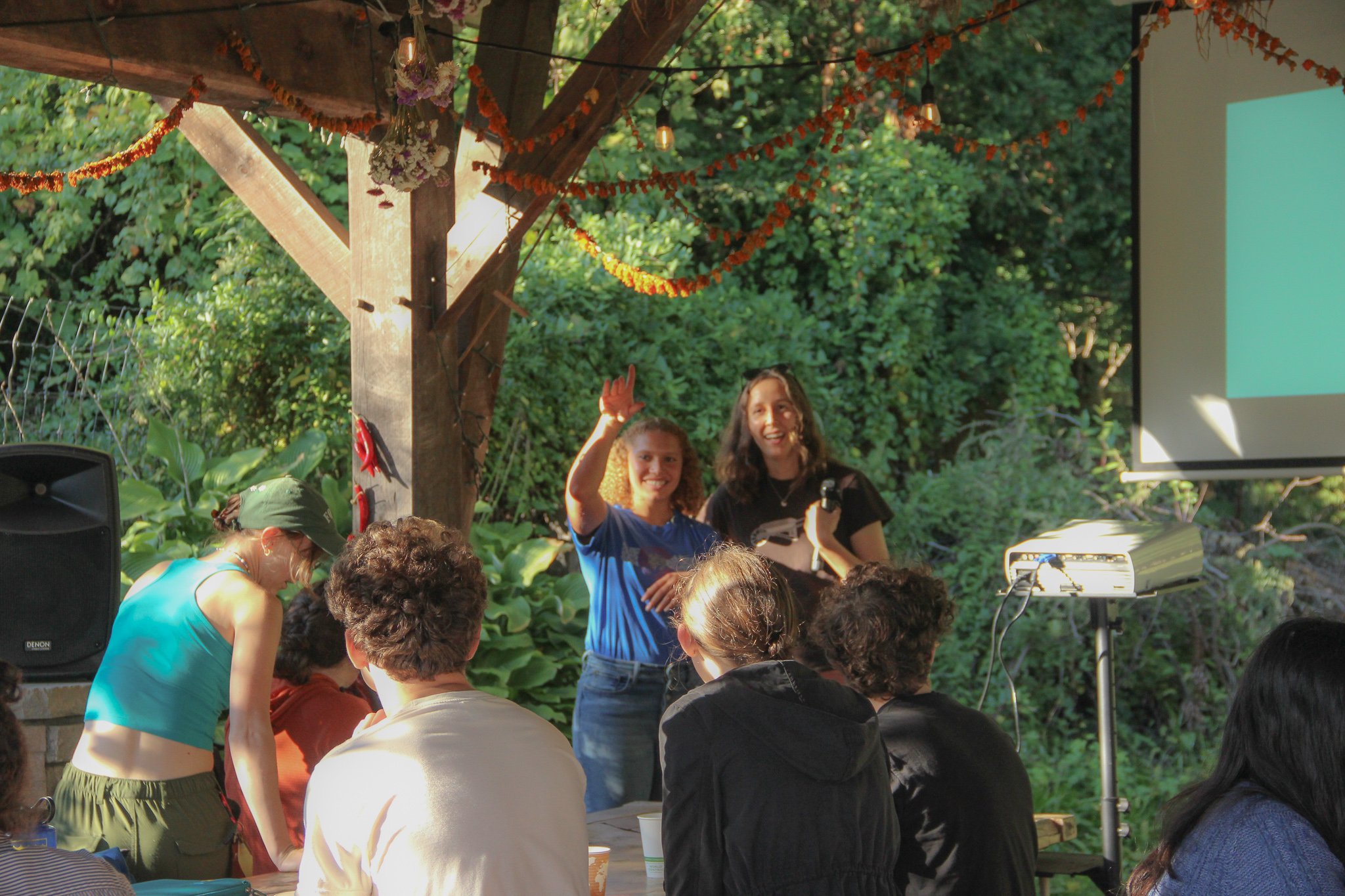I want to start off by asking about recipe development. How do you craft a recipe from start to finish?
There are different organizations in which recipe developers have a home. People develop recipes for magazines or blogs, for meal kits like myself, or even for brands — someone could be hired by Betty Crocker to do seven things with some cake mix. But the end goal is typically to have a home-cook-friendly recipe that tastes the same way it did when it was developed in a test kitchen.
I start with an assignment from our product team, which is called a brief. They give me a protein, any operational constraints, and sometimes an inspiration or things not to do. So it could be “Chicken dish, and don't do Mexican because we have a lot of Mexican chicken dishes right now.” But that leaves a lot of options open. I get four of those every week, and for each of those briefs, I come up with a few ideas. I present them to my team in a brainstorming session, and we pick one idea for each of those briefs.
From there, I actually write the recipe and cook it a couple times. Every time I cook it, my team tastes it, and we decide whether I need to change something. When everyone's aligned, someone else on the team will cross-test it to make sure that it is exactly the same as my version. Then it gets edited by our editorial team, laid out on a recipe card and sent to the customers who order it. From my brain to someone's plate, it could be up to six months.
Customers can also see out six weeks in advance. And for the most part, there are no repeat recipes for any six-week period. So there are a lot of recipes in rotation.
Where do you find inspiration for all those recipes? Particularly, how do you think about exploring other cuisines that you're not as familiar with?
I would say our customer is relatively mainstream. So I'm not going to be doing anything crazy that you might find in a three Michelin star restaurant in New York. We would maybe look at the Cheesecake Factory as a restaurant for inspiration, or I look at cookbooks. Sometimes I come up with ideas completely out of the blue.
As far as ingredients or recipes from other cultures, we have a limited set of ingredients available to us. There are occasions where I might need to use an ingredient that wouldn't be the most authentic. Let's say we want to make a paella from Spain. The ingredient that gives the rice its yellow color is saffron, but we do not have saffron as an ingredient. So for our paella dishes, we put a little bit of turmeric to color the rice. I personally try to do more cuisines that I have more familiarity with, but occasionally I will take inspiration from various world cuisines. I like to order food from restaurants in New York and try to emulate those dishes.
I'm curious about this idea of making cooking approachable for a mainstream audience. How do you balance introducing your customers to new flavors with recognizing that they may view some foods and cuisines as more ‘adventurous’ than others?
It's interesting because America is so hugely diverse. Our customer base is primarily white, but I don't want to make it seem like we're only catering to a white audience. I think that the most important thing for a company like HelloFresh is, if you're introducing a new flavor, can you do it in a familiar format? Like if we have a new Vietnamese sauce, can we put it in a stir fry with vegetables that people are used to? You may not get the perfect representation of how that dish would be made in its home country. But you introduce people to new ingredients, new flavors, and then as they become more familiar with them, you can add more and more complexity and interest, and people develop a palate over time for that.
It sounds like developing recipes is pretty complex. What are the hardest parts?
I think that the hardest part is nailing the flow, and making sure that it's an enjoyable cooking experience for someone at home. We don't want to have three pans going at the same time. It's about working backwards from the final plate — like, I know I need to have cooked zucchini and cooked rice and cooked chicken on this plate. If I'm going to be cooking the chicken on the stove and it takes this much time, maybe I need to do the zucchini in the oven and not on the stove, because otherwise the rice will be cold by the time the zucchini is cooked and the chicken is done.
Apart from the cooking itself, I would think there must be challenges in communicating the cooking process clearly. Are there skills that you've had to learn in terms of writing the recipes?
The most important thing when you're writing a recipe is to include as many sensory cues as possible. You want to make sure that you're touching on the way an ingredient looks when it's done, the way it smells. It's not just about time, because every stove has a different power; every oven is calibrated a little differently. I would never say, “Roast zucchini until it's done, 10 to 12 minutes.” You would give a “brown and tender” or “brown and fragrant” so that people can anchor on multiple elements of completion, not just a timeframe.
Shifting gears, could you tell me about your history with food and what made you want to be a recipe developer?
I am from New York City, and I still live here. When you live in New York, food is so deeply ingrained in the culture that it becomes key to your existence. As a kid, I remember doing taste tests all around New York with my dad, where we would find the best pizza or the best ice cream. We'd do research in the newspapers — there wasn't Yelp or anything like that back then — and we would try seven slices of pizza in different boroughs and take notes. It built this appreciation in me for refining something into its best form.
That started to play out when I was a preteen. I think I was in fifth grade when I baked twelve batches of chocolate chip cookies. I tweaked one thing every time so that I could make my perfect cookie. I really liked that iterative process of cooking, tasting, refining, cooking again, tasting again, getting input from other people, and refining until it met my vision. That was foreshadowing that recipe development might be a career I was interested in.
It was something that I didn't even really know was a career until I went to culinary school in 2019, after I had been a strategy consultant for seven years. I definitely had some other paths that I followed as a teenager and early adult. I studied opera, and when I got to Yale, I was really intense about singing for my first couple years. Then I realized that I did not want to be a professional opera singer. It wasn't the thing that lit me up. And I figured I should probably focus on something else.
How did you find that “something else”?
There was a college tea for an alum who was the vice president of Murray's Cheese, which is a fantastic cheese store in New York. I went home for Christmas break right after that. I was looking at all of the internships in the Yale career database, and they all looked so boring to me. I had this low moment where I was like, “I hate everything. What am I going to do with myself?” My dad sat me down and said, “Well, what do you like?” I was fresh off that cheese tasting, so I said, “I like cheese.” He said, “Why don't you do something with cheese, then?”
I emailed the Murray's VP and asked her if I could spend the summer working at Murray’s. She responded immediately and said, “Go for it. I'm going to connect you with my head of HR. You can rotate through all the different departments and learn all about cheese and food business.” I thought that sounded amazing. It sounded way more interesting than all of the PR and finance and marketing internships that were listed in that database.
Wow! That sounds like an incredible opportunity for a Yale student. You were also involved with the YSFP as an undergrad. What was your experience like at the Yale Farm?
When I came back from my summer at Murray’s, that was when I switched gears. I wanted to get involved with every food-related thing on campus. One of those things was the YSFP. As soon as the communications manager job popped up in the student job database, I applied for it. I didn’t necessarily want to work as a farm manager because I'm a city girl, and it felt a little too far afield. But the communications piece — talking to all the professors of food-related courses and assisting with the speaker series — that sounded super fun. The next year, I worked as an events and pizza intern. I loved that we were using Liuzzi local cheese and the vegetables from the Farm and making our own dough in the oven. It was such a special community. I worked at one event where René Redzepi from Noma came. We had a big meal at Miya’s and pulled out all the stops.
I know I've asked you a bunch of questions. Is there anything I didn't ask about that you want to mention?
I think it's important to underscore that life is long, and it's okay if it takes you a little while to find your calling. I found mine in college, and then I had a little diversion when I worked in consulting, but I gained so much from that experience. Even though at the time, I certainly had some existential strife, I ended up in a place that I'm really happy with. It’s important to listen to yourself and take advantage of opportunities when they come up. And when you do find something that you're passionate about, really go after it. Believing in yourself and your intelligence and seeking the things that call to you will make for a happy life.
